Continuously absorb and introduce excellent technologies based on actual conditions.
- Water Supply Equipments
- Diaphragm Pumps
- Magnetic Drive Pumps
- Pipeline Pumps
- Centrifugal Pumps
- Self-Priming Pumps
- Screw Pumps
- Fire Pumps
- Sewage Pumps
- Diesel Engine Pump Sets
- Electrical Control Cabinets
- Irrigation Pumps
- Aquaculture Water Pumps
- Booster Pumps
- Submersible Pumps
- Vacuum Pumps
- Industrial Pumps
- Pump Accessories
Leading the innovation of fluid technology, we are proud to launch a new generation of water pump solutions. Not only does it have excellent water flow delivery capabilities and achieve precise flow control, but it also achieves a milestone leap in energy efficiency and environmental protection.
-
/ 01 Experience/ 02 Quality
The quality inspection department strictly monitors every production link and the factory inspection rate is 100%.
Our products are your ideal solution.
-
Garden
Efficient irrigation is achieved by pumping water from water sources to ensure plant growth.
-
Farms
Used for water circulation, oxygenation and feed delivery. The water pump is used to circulate and filter the water in the breeding pond to keep the water clean.
-
Wastewater Treatment Plants
The pump industry plays a key role in wastewater treatment plants, mainly used for the lifting, transportation and circulation of sewage.
-
Fountain
Water is pumped from a reservoir or circulation system and pressurized to create a variety of fountain water effects, such as gushing fountains, atomization or water curtains.
-
Swimming Pool
The pool water is pumped and transported to the filtration system to remove impurities and pollutants to ensure clean water quality.
 Play Full Video
Play Full Video
-
0 m²
Factory Area
-
0 +
Industry Experience
Zhejiang Chuangken Fluid Co., Ltd. is a technology-innovative enterprise that combines research and development with production, specializing in the production of multistage pumps, centrifugal pumps, fire pumps, sewage pumps, complete sets of water supply equipment, control cabinets, etc. It has a long production history, excellent technical personnel, superb production equipment and perfect testing methods.

Learn about our industry exhibition information and recent events in our company.
-
The sewage pump industry plays a critical role in modern infrastructure, supporting the effective management of wastewater in both urban and rural areas. Sewage pump factories are responding to this demand by enhancing production capabilities, adopting innovative technologies, and improving product quality to meet the diverse needs of municipal, industrial, and residential customers. The production of sewage pumps requires a deep understanding of wastewater systems and the specific challenges posed by sewage handling. These pumps are designed to transport waste and sewage from homes, businesses, and industrial sites to treatment facilities. Given the often harsh and corrosive environments in which these pumps operate, factories focus on durability and reliability when designing their products. Pumps must withstand the rigors of constant use in challenging conditions, including high-pressure environments and exposure to various chemicals and debris found in wastewater. To meet these challenges, factories are increasingly turning to advanced materials and manufacturing techniques. Stainless steel and high-grade plastics are commonly used to enhance the longevity and performance of sewage pumps. These materials are resistant to corrosion and wear, ensuring that the pumps remain functional over extended periods with minimal maintenance. Pumps are engineered to handle a variety of sewage types, including solid waste and debris, without clogging or reducing efficiency. This level of reliability is essential for preventing costly system failures and maintaining a continuous flow of wastewater management. The integration of advanced technologies has also become a key focus for manufacturers looking to improve the performance and efficiency of their pumps. For instance, many sewage pumps are now equipped with variable speed drives (VSDs) that allow them to adjust their pumping capacity based on demand. This not only ensures optimal performance but also reduces energy consumption, which is an increasingly important consideration for both commercial and residential users. In addition to energy efficiency, VSDs help reduce wear and tear on the pumps, leading to longer operational lifespans. Another area where factories are investing heavily is automation. Automation in the production process allows for greater precision and consistency in pump design and manufacturing. Automated systems are used in everything from the assembly of pump components to quality control and testing. This ensures that each pump meets strict standards for performance and reliability before it leaves the production facility. Automation also helps reduce production time and costs, making it possible for manufacturers to meet the growing demand for sewage pumps in a timely manner. The growing need for sustainable solutions has also influenced the sewage pump industry. Manufacturers are increasingly incorporating eco-friendly technologies into their products, aiming to reduce their environmental impact. Energy-efficient pumps not only help reduce operational costs but also support global sustainability goals. The market for sewage pumps is expected to continue expanding in the coming years. Urbanization, industrialization, and population growth are driving the need for more sophisticated wastewater systems. Municipalities, industries, and even individual households require reliable sewage pumps to maintain effective waste management systems. As such, manufacturers are constantly adapting to market needs, offering a variety of products designed for different applications, from small residential pumps to large industrial models capable of handling significant volumes of wastewater. The growing demand for wastewater management solutions positions each Sewage Pump Factory to drive sustainable and efficient systems. Continuous innovation, integration of advanced technologies, and a strong focus on durability and reliability support the evolution of the sewage pump industry as it responds to modern infrastructure challenges.
12 -
The demand for efficient and reliable water pumping systems has been steadily rising across the globe, driven by both environmental challenges and the need for effective water management solutions. Industries, municipalities, and agricultural sectors aim to improve their water systems, prompting Boost Pump Factories to focus on enhancing production capabilities and integrating advanced technologies into their processes. Factories in the water pump sector have been investing heavily in expanding production to meet the rising demand for water management solutions. Water pumps are essential for a range of applications, including irrigation, wastewater treatment, and municipal water supply. The production of high-quality pumps that can withstand challenging environmental conditions is a top priority for leading manufacturers. One of the key areas where manufacturers are focusing their efforts is the integration of advanced technology into the pump production process. Modern pumps are not only designed to move water but also to do so in an energy-efficient and sustainable manner. Energy costs rise, and environmental concerns grow, leading consumers and businesses to seek pumps that reduce energy consumption while maintaining high performance. Manufacturers are addressing these needs by incorporating energy-efficient motors, variable speed drives, and smart control systems into their pump designs. These technologies help optimize the performance of the pumps and ensure that they consume the least amount of energy necessary to operate effectively. Another area of focus is automation in manufacturing. By adopting automation technologies, water pump producers are able to streamline production processes, reduce lead times, and improve product consistency. Automated systems are being used to handle everything from raw material processing to assembly and quality control. This not only boosts production efficiency but also helps minimize human error, leading to higher-quality pumps that meet strict industry standards. Automation also allows manufacturers to scale up production more easily to meet the increasing demand for water pumps. The global market for water pumps has also become more competitive, prompting manufacturers to improve their offerings in terms of durability and reliability. Pumps are often required to operate under demanding conditions, such as in extreme temperatures or in corrosive environments. To address this, manufacturers are using materials that are resistant to wear and tear, corrosion, and other forms of damage. Stainless steel and high-grade plastics are commonly used to enhance the longevity and durability of pumps, ensuring that they can perform well over extended periods without significant maintenance. To ensure that their products perform reliably throughout their lifecycles, companies are offering installation, maintenance, and troubleshooting services to help customers optimize the performance of their pumps. This commitment to customer service is essential in building long-term relationships with clients, ensuring that they can rely on their water pumps for years to come. The demand for water pumps is expected to continue rising as more industries, agricultural sectors, and municipalities seek to improve their water management systems. As a Boost Pump Factory enhances capabilities to meet these needs, factories across the sector continue to innovate and refine production methods, positioning the water pump industry to play a key role in addressing global water challenges. The integration of advanced technologies, along with a focus on energy efficiency, sustainability, and durability, will ensure that water pumps remain essential tools in managing one of the planet’s most precious resources: water.
05 -
A diesel engine pump factory is a critical manufacturing center that produces engine‑driven pump units designed for applications in agriculture, construction, municipal water, and industrial fluid handling. In such a factory, diesel‑powered pump sets combine an internal combustion engine with a pump mechanism—often a centrifugal or self‑priming design—so that water, wastewater or other fluids can be moved efficiently in locations where electric power may be limited or intermittent. Material selection remains a key element in the production process. Raw castings are inspected and machined to ensure tolerances are met, while high‑strength alloys, corrosion‑resistant metals and robust coatings are selected to handle challenging environments. Machining centers, including CNC lathes and milling machines, are frequently deployed to ensure that impellers, casings, shafts and seals meet design specifications. Assembly is followed by a series of tests: flow rate verification, head (pressure) measurement, vacuum/self‑priming trials and endurance runs. These steps are essential for ensuring field reliability, particularly when the pump must operate in remote or harsh conditions. When the pump set emerges from the factory floor, it is ready for diverse uses. In agricultural settings, diesel engine pumps may supply irrigation water, provide drainage during flooding or transfer water from remote sources. Construction sites make use of these units for dewatering, site services or temporary water supply where grid power is not available. Municipalities deploy engine‑driven pump sets for flood control, emergency water supply or backup systems. Industrial clients use them for cooling water, wastewater removal, fire‑fighting support or general fluid transfer where reliability is key. Factories frequently offer customization—engine make (air‑cooled or liquid‑cooled), pump geometry, mounting frames and control panels—to match specific operational requirements. From both a manufacturing and business perspective, diesel engine pump factories are continually adapting to changing market expectations and operational requirements. Increasingly, customers look for shorter lead times, flexible and modular packaging options, compliance with emission standards, and reliable global after‑sales support. In response, factories are investing in automated production lines that streamline assembly and minimize manual errors, while digital monitoring systems track performance metrics in real time to ensure quality control. Advanced workflow tracking and data analytics help optimize production efficiency, reduce defects, and maintain consistent product standards. These improvements allow factories to respond quickly to orders, meet international standards, and enhance customer satisfaction across diverse markets. Quality management is especially important due to the environments in which these pumps operate. Units may be deployed in remote areas, subject to high head, abrasive water, or off‑grid power sources. Hence, the factory’s quality assurance must cover heavy‑duty bearings, corrosion protection, precision alignments and factory‑calibrated control instrumentation. After‑sales support is also a part of the equation: availability of spare parts, field servicing, documentation and training contribute to overall equipment lifecycle performance. Factories often train technicians, maintain service networks and provide remote diagnostic tools to complement the product. Conclusion A diesel engine pump factory such as Zhejiang Chuangken Fluid Co., Ltd. operates at the intersection of manufacturing technology, materials science, engine‑pump integration and after‑sales support. As infrastructure projects, agricultural development, flood control systems and remote water‑supply tasks continue to demand reliable fluid‑handling equipment, these factories must remain agile, quality‑focused and customer‑driven. Their ability to combine robust build quality, efficient production, global logistics and service readiness enables them to deliver pump units that meet field challenges across rural, urban and industrial domains.
28 -
Multistage pumps factories play a significant role in producing high-performance pumps used in a wide range of industrial, commercial, and municipal applications. These facilities are responsible for transforming raw materials into complex machinery capable of handling high-pressure water and fluid transport. The production process typically begins with careful material selection, including corrosion-resistant metals, high-strength alloys, and engineered composites, which ensure durability and long service life under demanding operational conditions. Precision engineering, automated machining, and strict quality control measures are applied throughout each stage of manufacturing to maintain consistent performance and reliability. Many factories integrate advanced technologies, such as computer numerical control (CNC) machines, laser cutting, and automated assembly lines, allowing efficient production of multistage pumps that meet diverse specifications and industry standards. Modern multistage pumps factories emphasize careful assembly and performance testing of each unit. Finished pumps undergo rigorous trials to verify flow rates, pressure capacity, and operational stability under varying conditions. This testing process is crucial for applications in water supply systems, power plants, chemical facilities, and industrial operations, where consistent pressure and reliability are essential. By maintaining these production standards, factories ensure that each pump complies with safety regulations and performs efficiently over time, reducing operational risk for end-users. Multistage pumps are widely used in energy generation, chemical processing, municipal water supply, HVAC systems, and other industrial sectors. Factories producing these pumps offer both standard models and customized solutions, allowing clients to specify performance requirements, materials, and configurations tailored to specific operational needs. The ability to manufacture custom units is a key advantage, as it enables industries to maintain smooth operations, optimize energy consumption, and ensure reliability in critical systems. Many factories also invest in research and development to introduce design improvements, enhance efficiency, and reduce long-term operational costs for clients, reflecting the ongoing evolution of multistage pump technology. The workforce in multistage pumps factories typically consists of engineers, skilled technicians, and quality control specialists who collaborate to design, manufacture, and test each unit. Comprehensive training programs and strict adherence to safety protocols ensure that production processes run smoothly and that equipment meets exacting quality standards. Many factories are also incorporating digital monitoring systems to track production metrics, streamline workflows, and predict maintenance requirements. The integration of such technology not only enhances productivity but also minimizes downtime, supports preventive maintenance, and facilitates continuous improvement in manufacturing processes. Industries and municipalities are increasingly seeking reliable solutions for water transfer, pressure boosting, and fluid handling, contributing to steady growth in global demand for multistage pumps. Factories producing these pumps play a critical role in supplying equipment that meets both domestic and international standards. They provide essential support for infrastructure development, industrial efficiency, and urban water management. Skilled labor, advanced machinery, and strict quality assurance enable these factories to deliver multistage pumps that perform reliably over their entire service life. The commitment to innovation, precision, and client-focused solutions positions multistage pumps factories as central hubs in the production of high-performance pumping equipment. Their capacity to produce both standard and customized units, coupled with advanced testing, digital monitoring, and continuous process improvements, allows industries and municipalities to rely on these pumps for consistent and efficient water and fluid management. Growing demand across various sectors highlights the pivotal role of multistage pumps factories in addressing modern engineering and operational challenges, reinforcing their contribution to industrial and municipal water systems.
21 -
Jockey pumps are specialized devices widely used in fire protection and water supply systems to maintain consistent pressure in pipelines. Unlike main fire pumps, which operate during emergencies, jockey pumps are designed to handle minor pressure fluctuations caused by small leaks, temperature variations, or routine water use. By maintaining steady pressure, these pumps prevent the main fire pump from activating unnecessarily, reducing wear and extending operational life. In both residential and commercial buildings, jockey pumps ensure that sprinkler systems and other safety infrastructure remain ready for action at all times, supporting overall building safety and reliability. Modern jockey pumps are equipped with features that enhance both functionality and durability. Pressure sensors continuously monitor pipeline conditions and send data to the control unit, which automatically activates the pump when pressure falls below the set threshold. High-quality materials, including corrosion-resistant metals and durable seals, improve longevity and reduce the risk of system failure. Compact designs allow for easier installation in mechanical rooms or utility areas, while some advanced models incorporate variable speed drives to adjust flow rates according to pressure needs. These technological enhancements help reduce mechanical stress on pipelines and minimize maintenance requirements, contributing to smooth and efficient operation over time. Jockey pumps are used in a wide variety of settings, reflecting their versatility and practical importance. In residential buildings, they maintain pressure in fire sprinkler systems and plumbing networks, ensuring safety and comfort without unnecessary operation of the main pump. Commercial facilities such as hotels, office complexes, and shopping centers rely on jockey pumps to provide consistent water pressure across multiple floors, supporting extensive sprinkler and safety systems. Industrial sites also employ these pumps to protect production areas and equipment from fire hazards, with the ability to adjust operation according to specific system demands. The adaptability of jockey pumps makes them a valuable component in diverse water management scenarios, balancing performance with energy efficiency. Manufacturers are developing models with smaller footprints, quieter operation, and improved automation to meet the demands of modern buildings. Digital monitoring systems enable operators to track performance remotely, identify potential issues, and optimize pump function. Both new construction projects and upgrades to existing facilities increasingly incorporate modern jockey pumps, reflecting their effectiveness in maintaining consistent water pressure and supporting fire safety infrastructure. Building safety regulations increasingly focus on reliable water distribution and system readiness, highlighting the essential role of jockey pumps in maintaining efficient and dependable pressure management. Jockey pumps contribute to cost savings and energy efficiency in building management. By preventing frequent starts and stops of the main fire pump, they reduce electricity consumption and minimize wear on critical components. Routine monitoring and maintenance of jockey pumps are simpler compared to larger systems, allowing facility managers to maintain consistent pressure with lower operational effort. The ability to customize pump settings according to building size and water demand further enhances efficiency, ensuring that resources are used effectively without compromising safety. Jockey pumps remain an integral part of water supply and fire protection systems, providing steady pressure, reducing unnecessary operation of main pumps, and supporting the overall safety and efficiency of buildings. Their combination of advanced control systems, durable construction, and adaptability to different applications makes them a practical choice for residential, commercial, and industrial settings.
14 -
Variable Frequency Technology in Water Supply Systems Variable frequency constant pressure water supply units are increasingly recognized for their ability to maintain stable water pressure in a variety of settings. These systems use variable frequency drives (VFDs) to control pump speed, adjusting water flow in real time to meet changing demand. Unlike traditional fixed-speed pumps, these units can reduce energy consumption by operating pumps at speeds suited to actual water usage. This adaptability is particularly valuable in high-rise buildings, industrial facilities, and complex commercial systems, where fluctuations in water demand can create pressure inconsistencies. Engineers have noted that the precision offered by variable frequency control contributes to both system efficiency and user comfort, ensuring that water pressure remains consistent even during peak usage periods. Innovative Features Enhancing Efficiency and Reliability Modern variable frequency constant pressure water supply units are designed with a combination of technological and structural features that ensure dependable performance. Central to these systems are sensors that continuously monitor water pressure and flow rates, providing real-time data to the control unit. The control unit processes this information and adjusts pump operation automatically, maintaining stable pressure throughout the network. Construction materials, including corrosion-resistant metals and durable sealing components, increase the lifespan of the units and reduce the likelihood of failures. Compact designs allow easy installation in spaces with limited room, while built-in noise reduction features make them suitable for residential, commercial, and industrial settings. Users experience consistent water flow, lower mechanical stress on piping systems, and fewer maintenance interruptions. Together, these design innovations contribute to energy-efficient operation, enhanced reliability, and long-term cost savings, making variable frequency constant pressure units a practical choice for modern water supply systems. Applications Across Residential and Commercial Sectors Variable frequency constant pressure water supply units are increasingly adopted across diverse environments due to their ability to maintain stable water pressure under varying demand conditions. In residential buildings, these systems ensure consistent water flow to showers, faucets, and other fixtures, which is especially valuable in high-rise apartments where pressure fluctuations can be noticeable. Commercial properties such as hotels, office complexes, and shopping centers rely on these units to support simultaneous water usage across multiple floors, ensuring guests, employees, and customers experience steady water supply. Industrial facilities also benefit from variable frequency units, using them to regulate water supply for manufacturing processes, cooling systems, and sanitation operations. The adaptability of these systems allows engineers to configure pump operation according to specific water demand patterns, optimizing energy use while maintaining reliable pressure. Market Trends and Technological Advancements The adoption of variable frequency constant pressure water supply units is rising in residential, commercial, and industrial applications due to greater emphasis on energy efficiency and improved water management practices. Manufacturers are introducing more compact unit designs that simplify installation in buildings with limited space, while control algorithms are becoming increasingly sophisticated to maintain precise water pressure. Advanced digital monitoring and remote control capabilities enable real-time tracking of pump operation, detecting fluctuations and optimizing energy use. New construction projects and upgrades to existing facilities are adopting these systems, reflecting their ability to enhance water supply reliability, reduce operational costs, and support sustainable building practices.
07




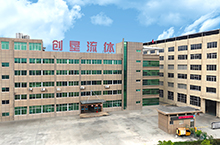
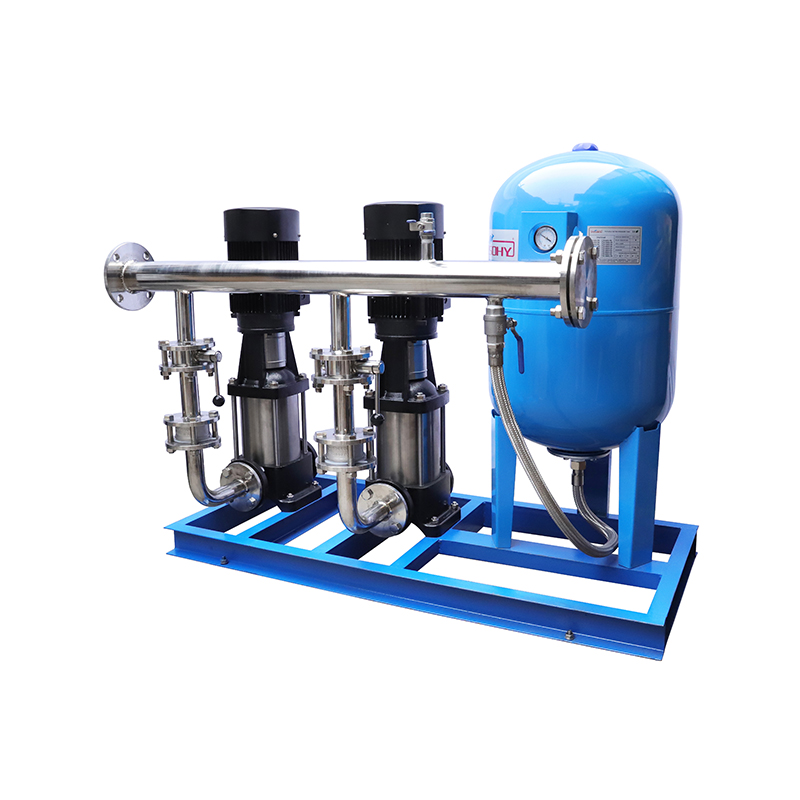

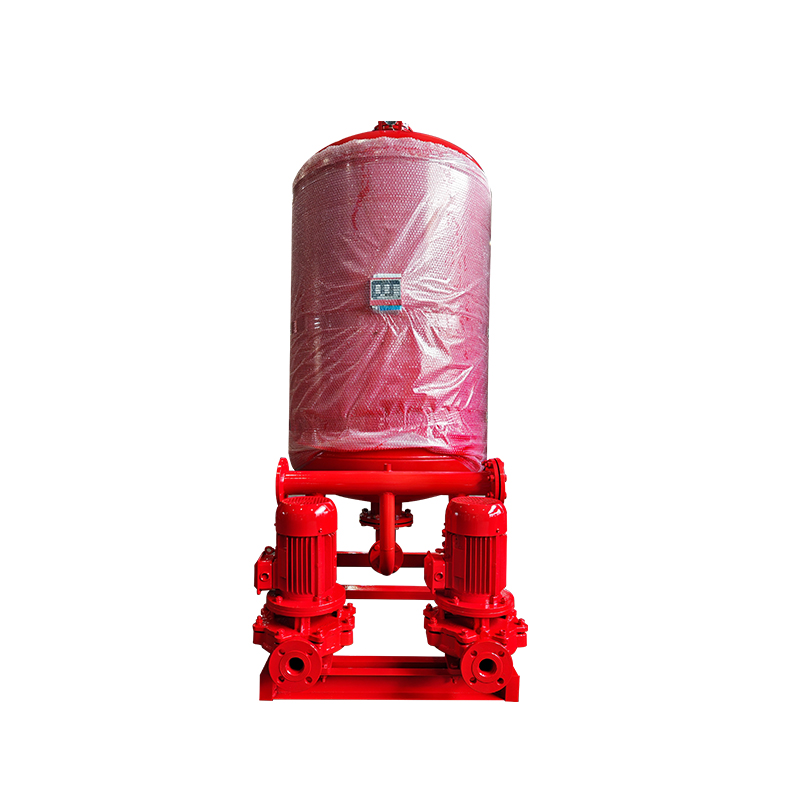


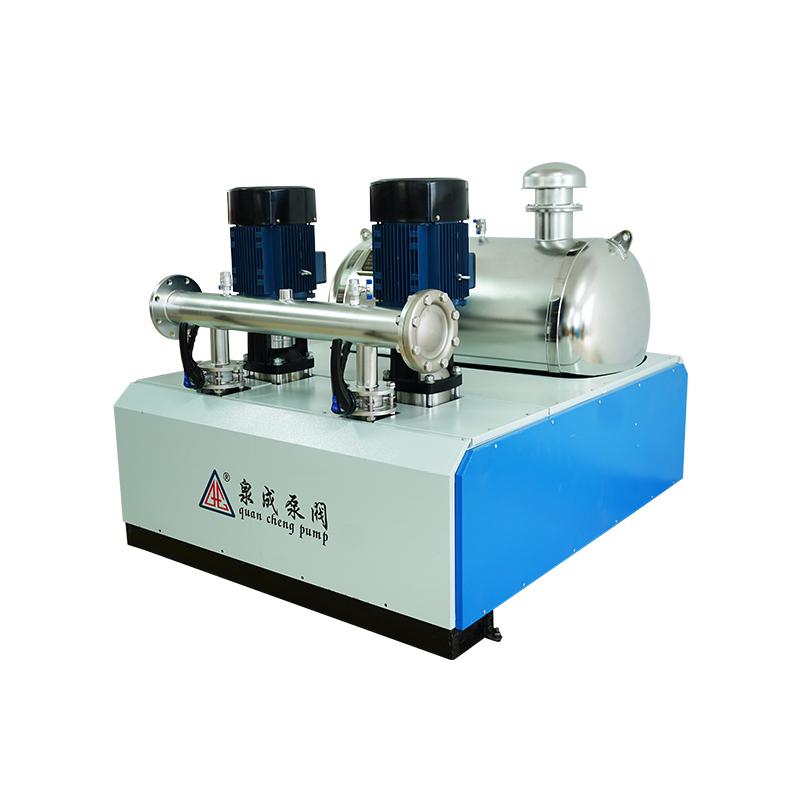
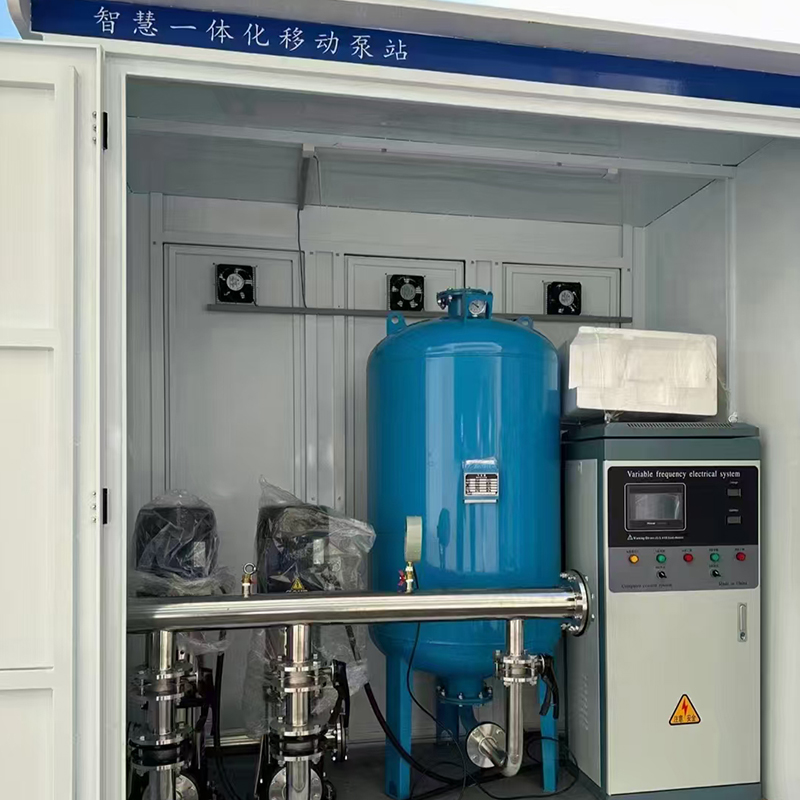
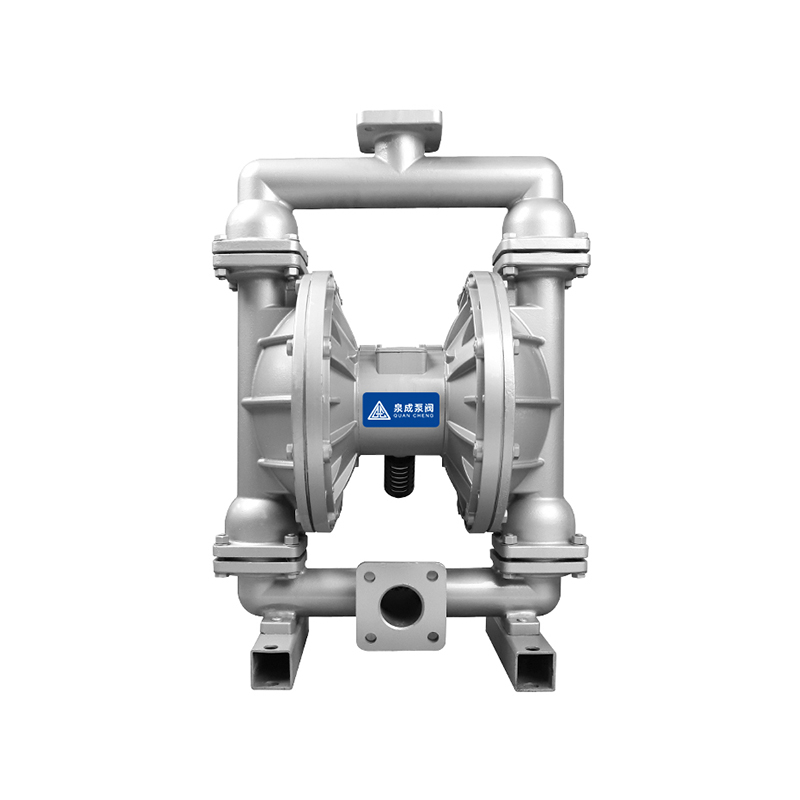
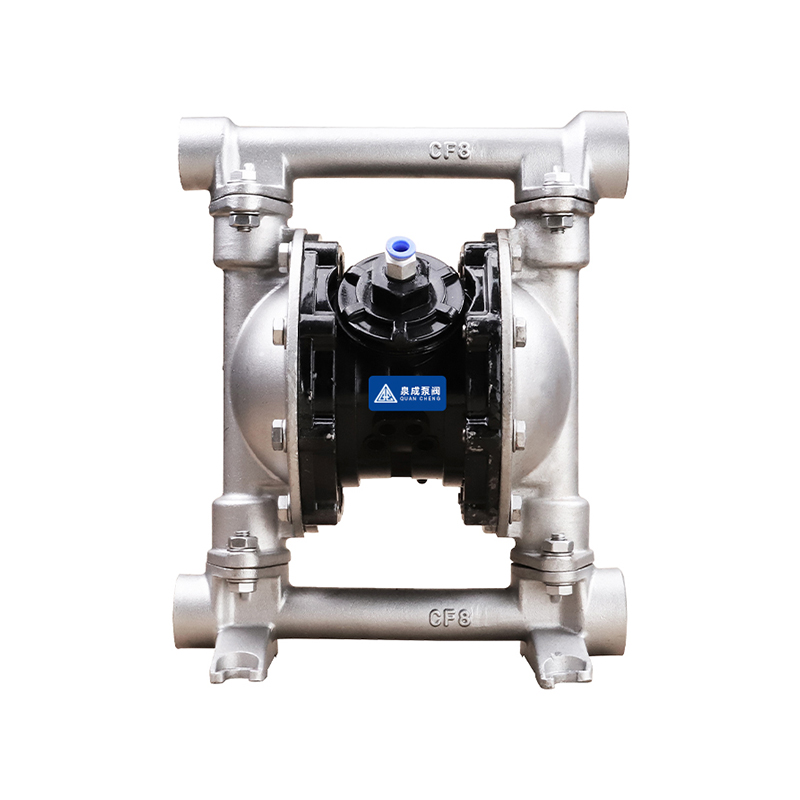
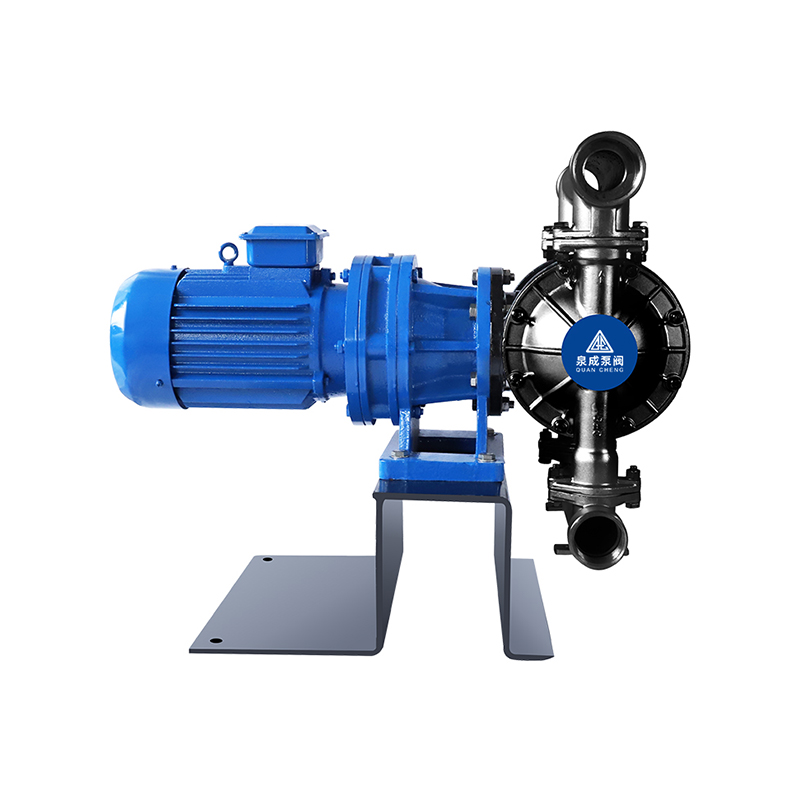
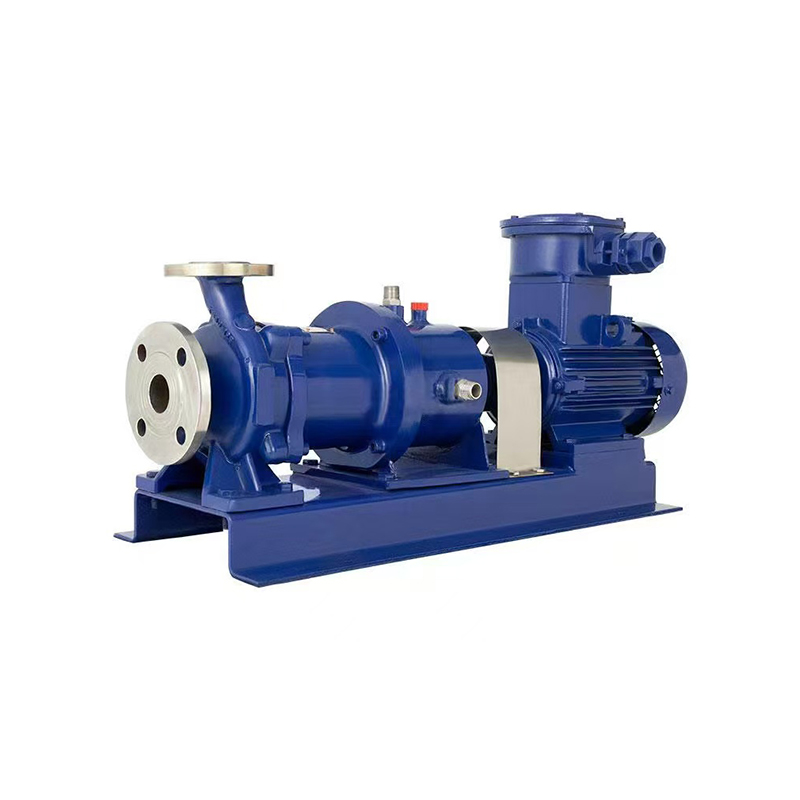
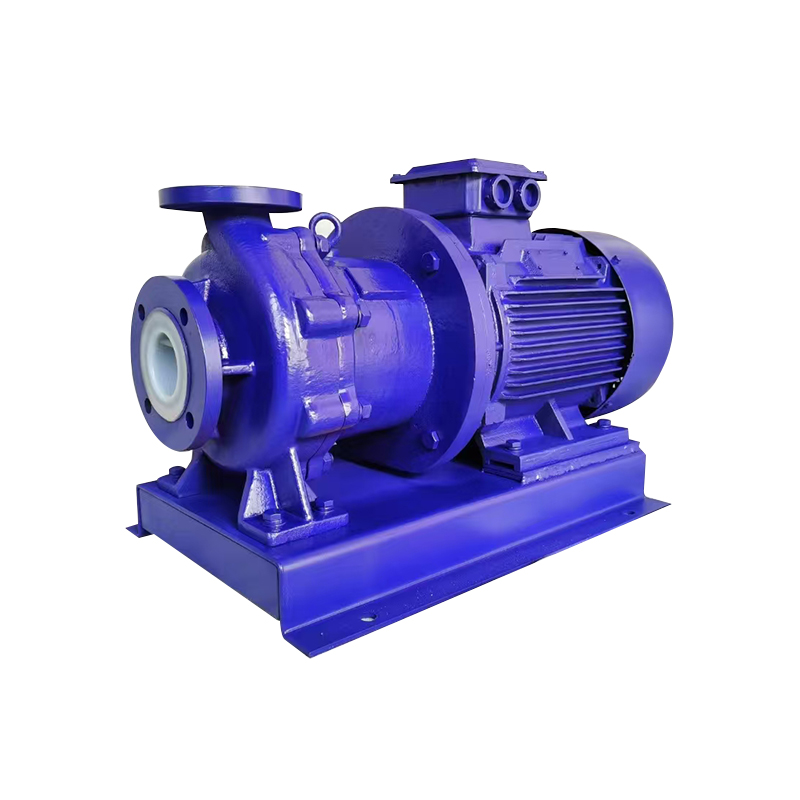
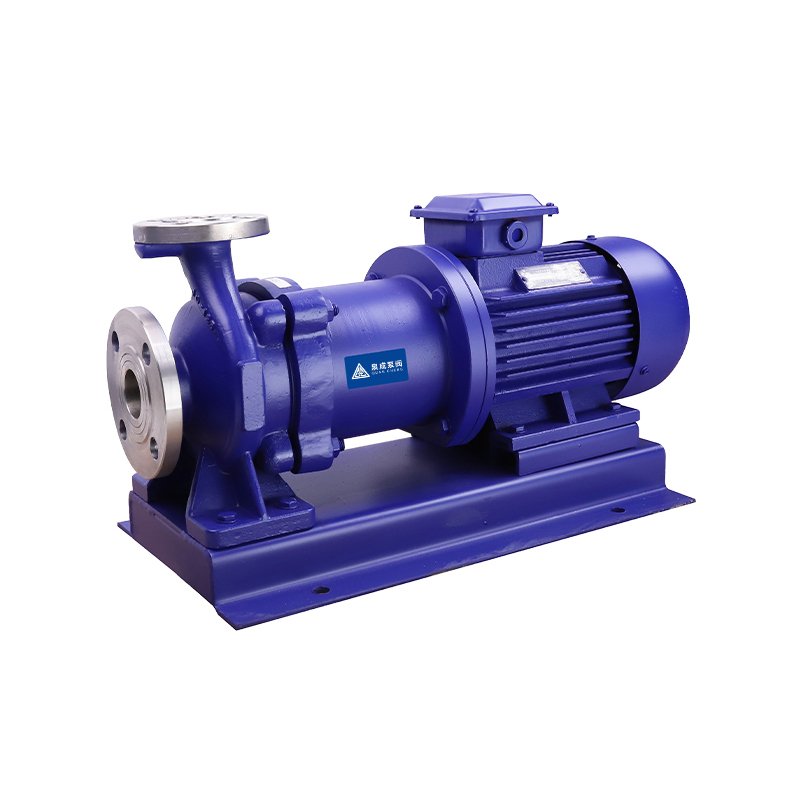
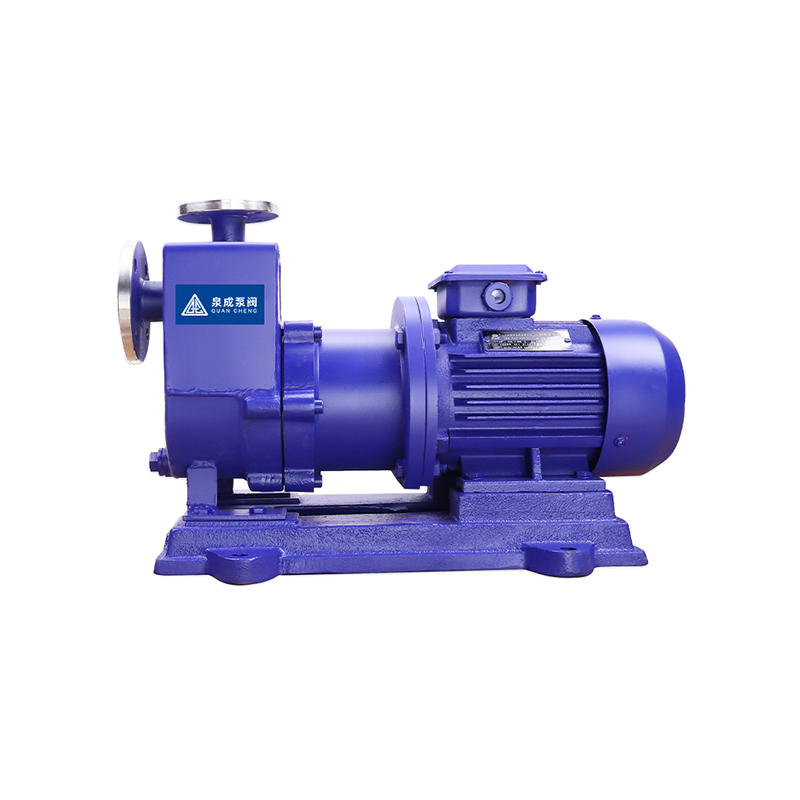

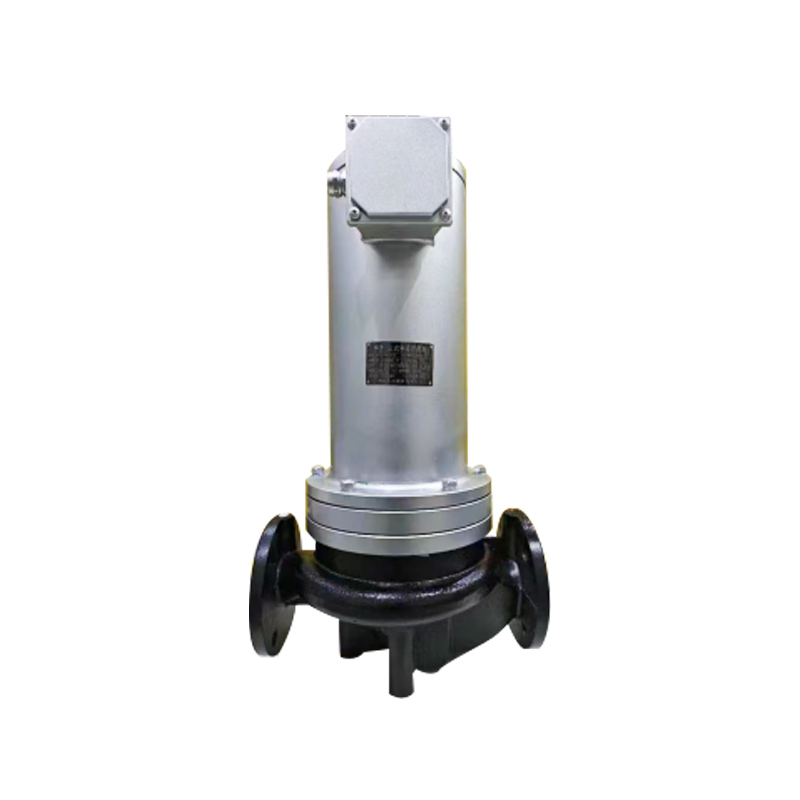
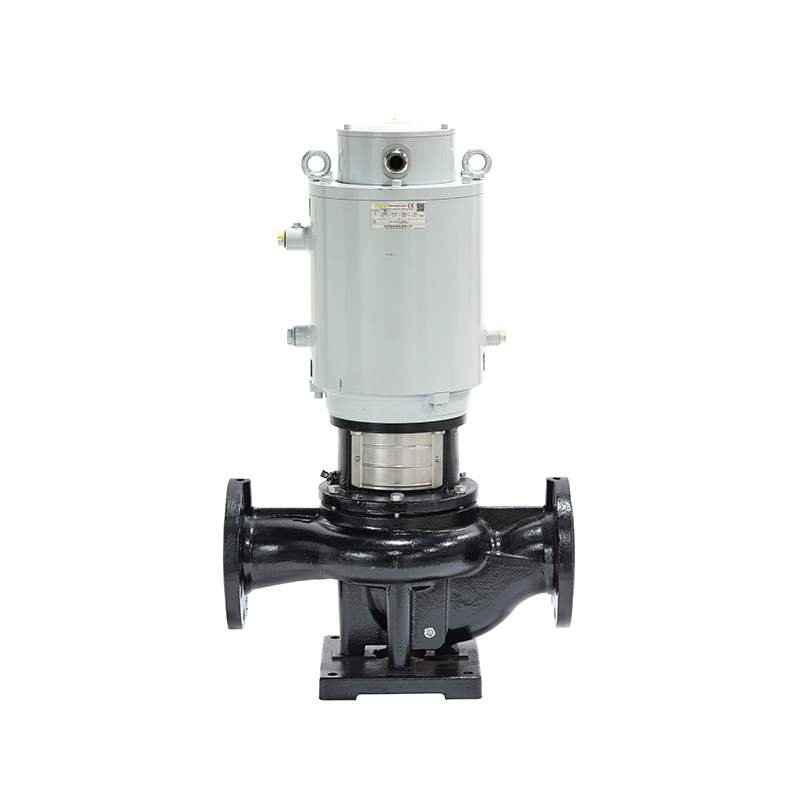
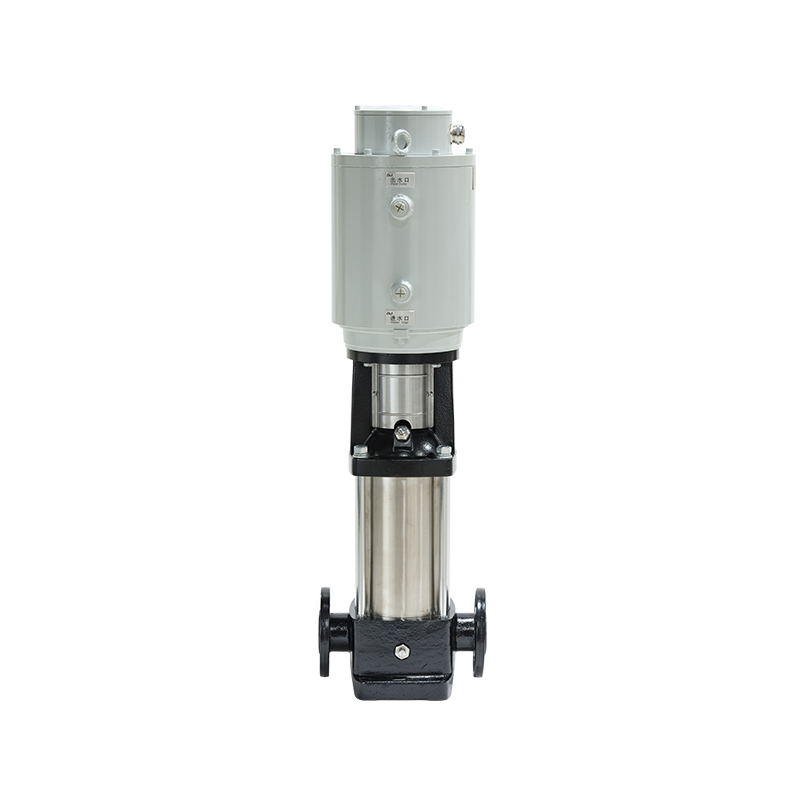
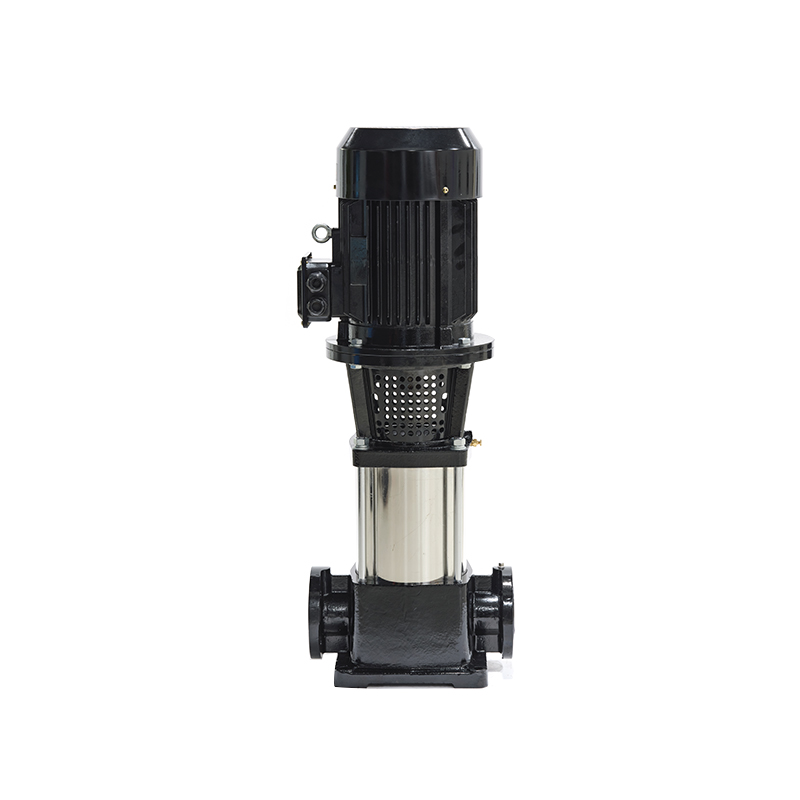
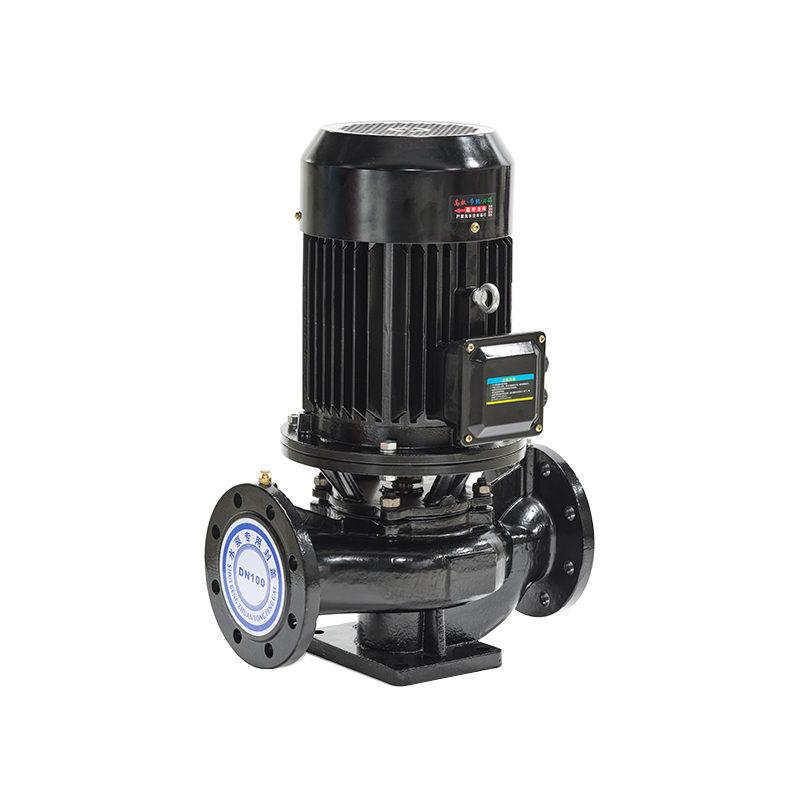
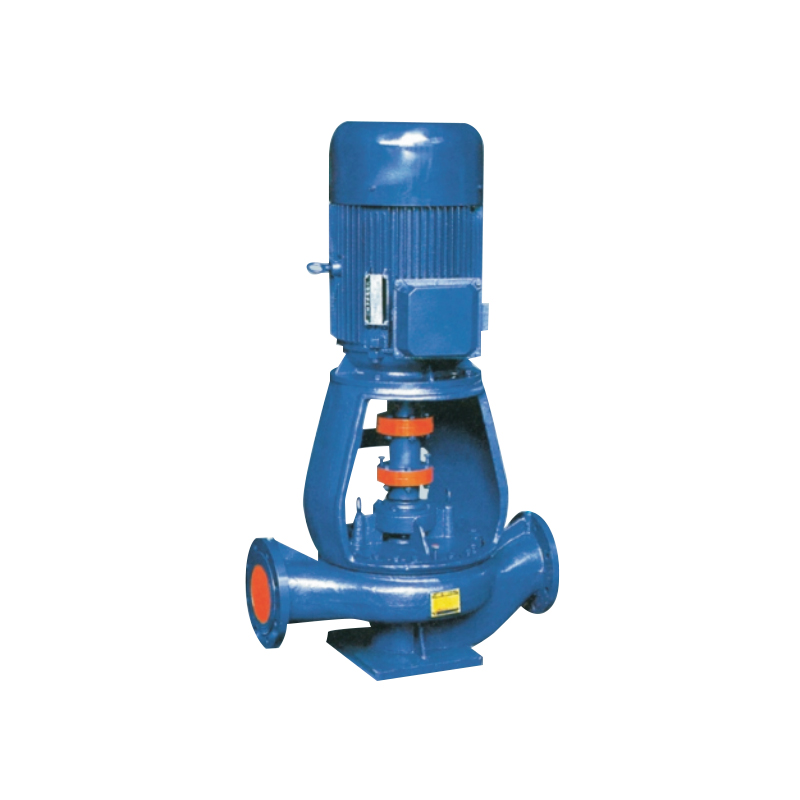
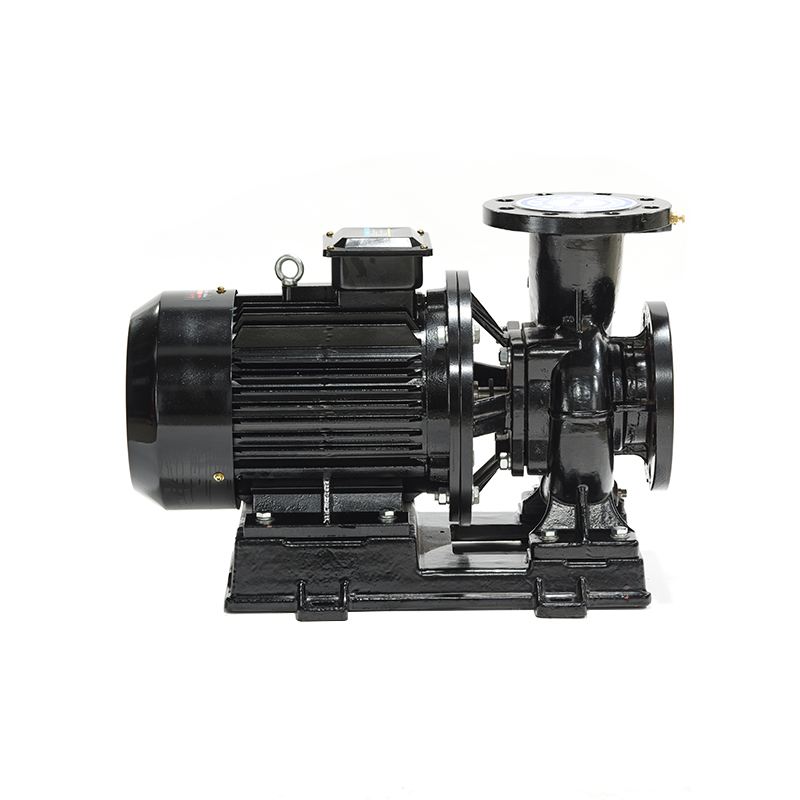
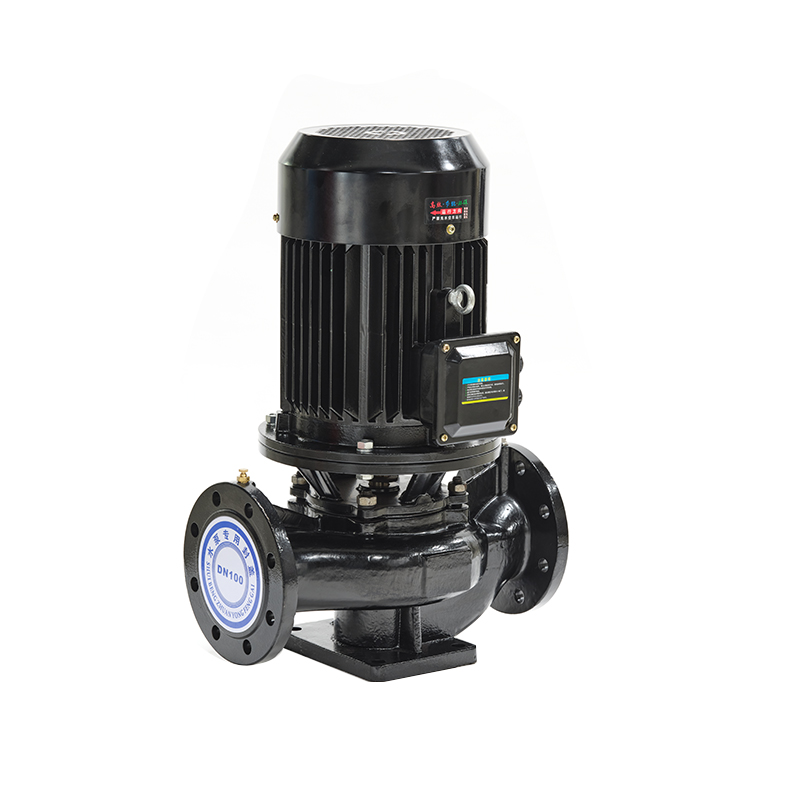
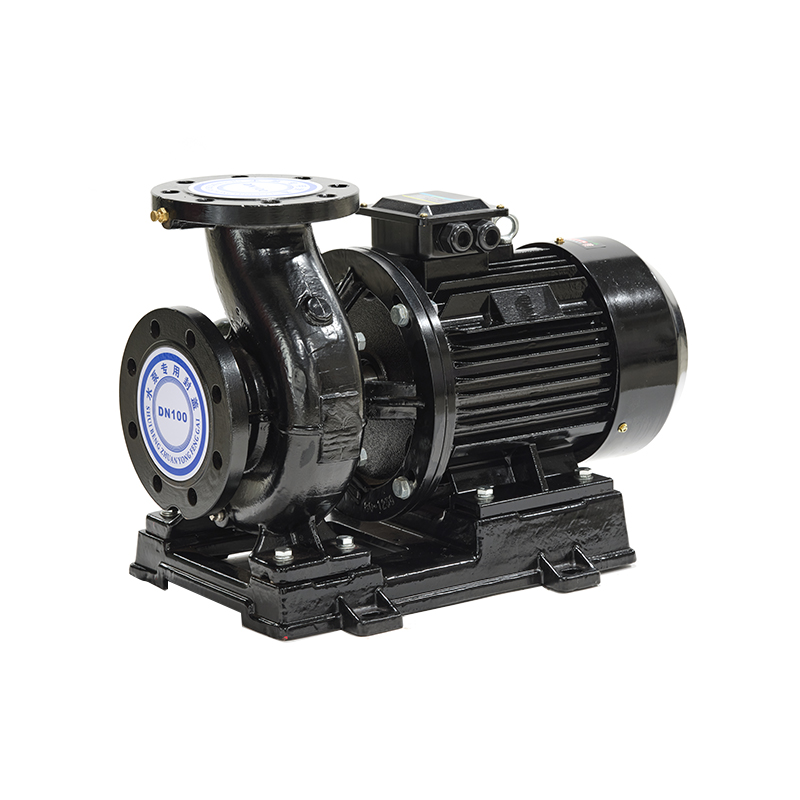
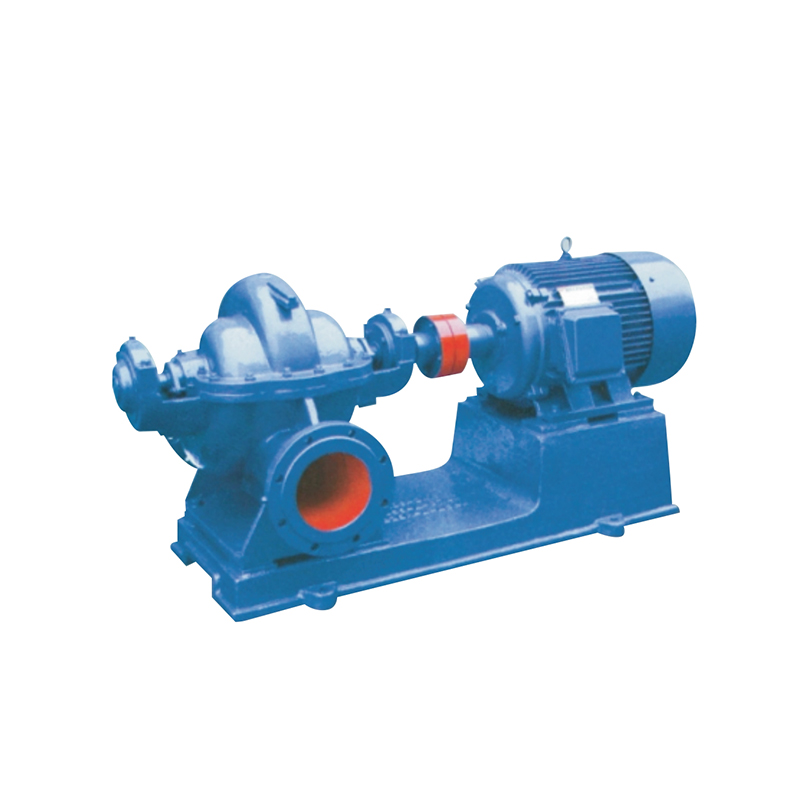
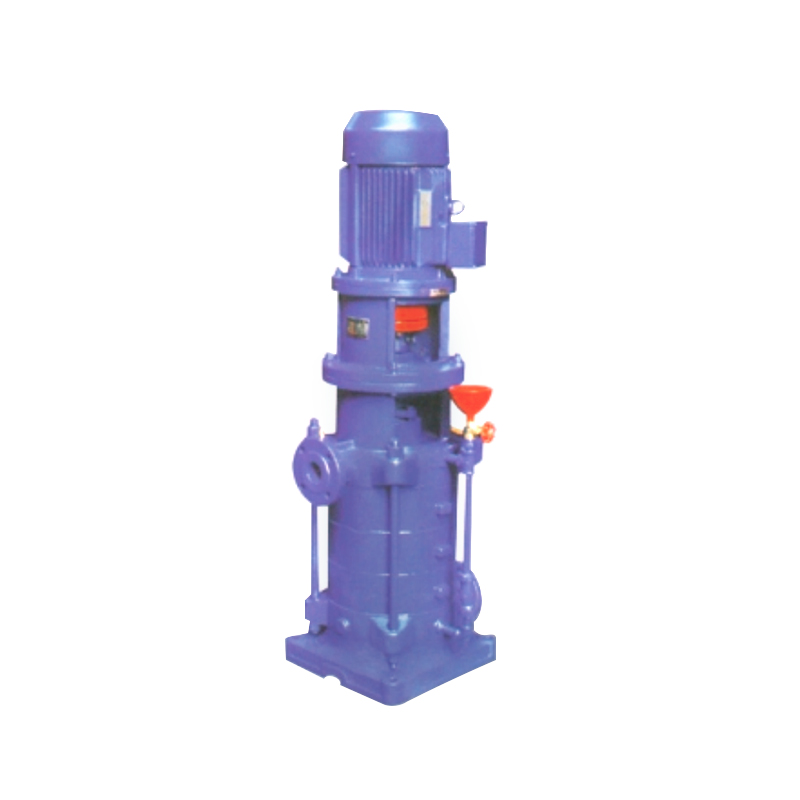
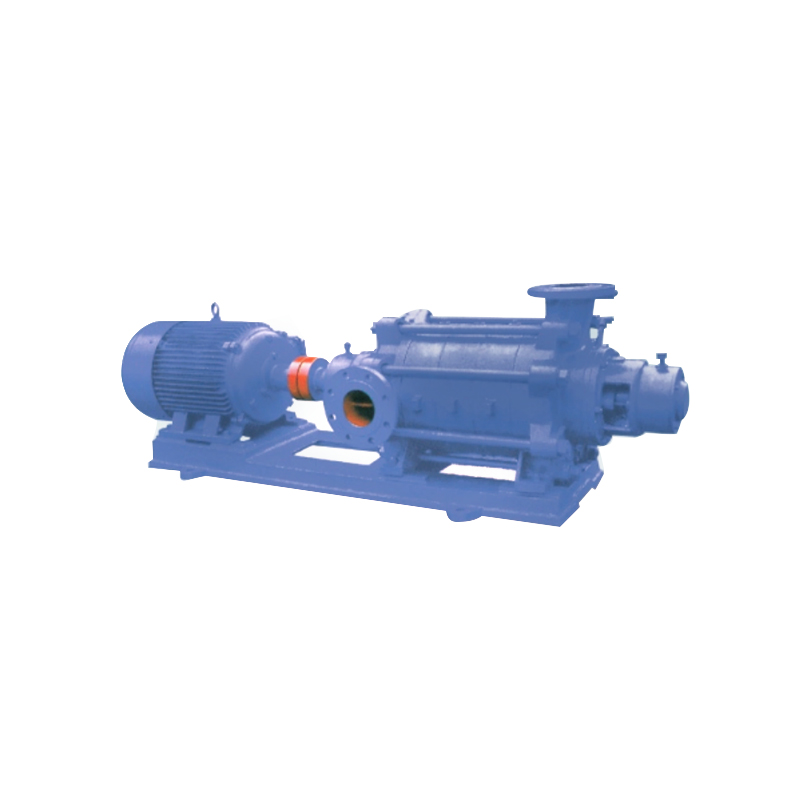
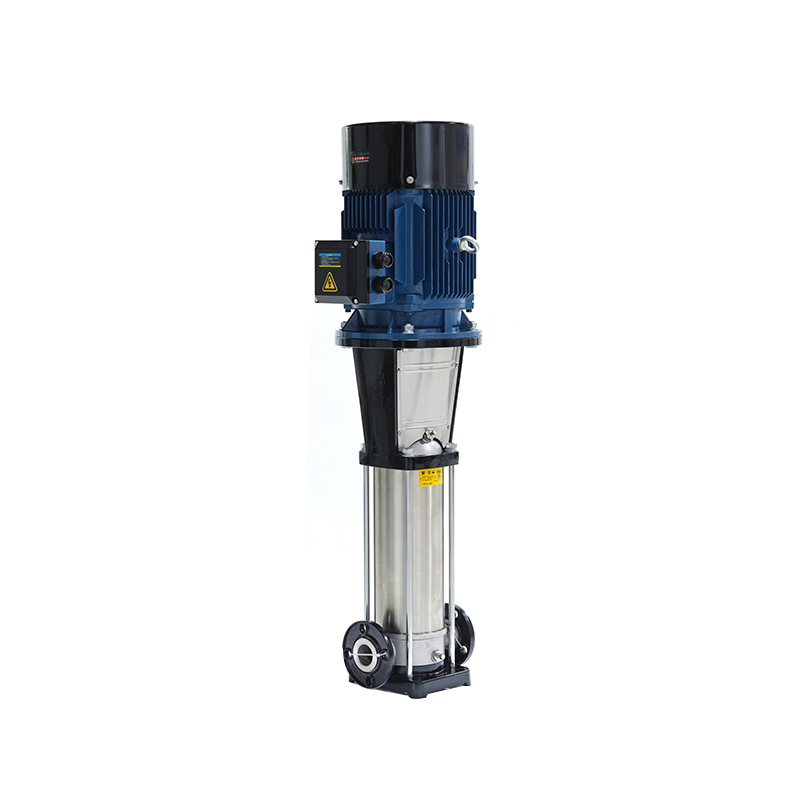
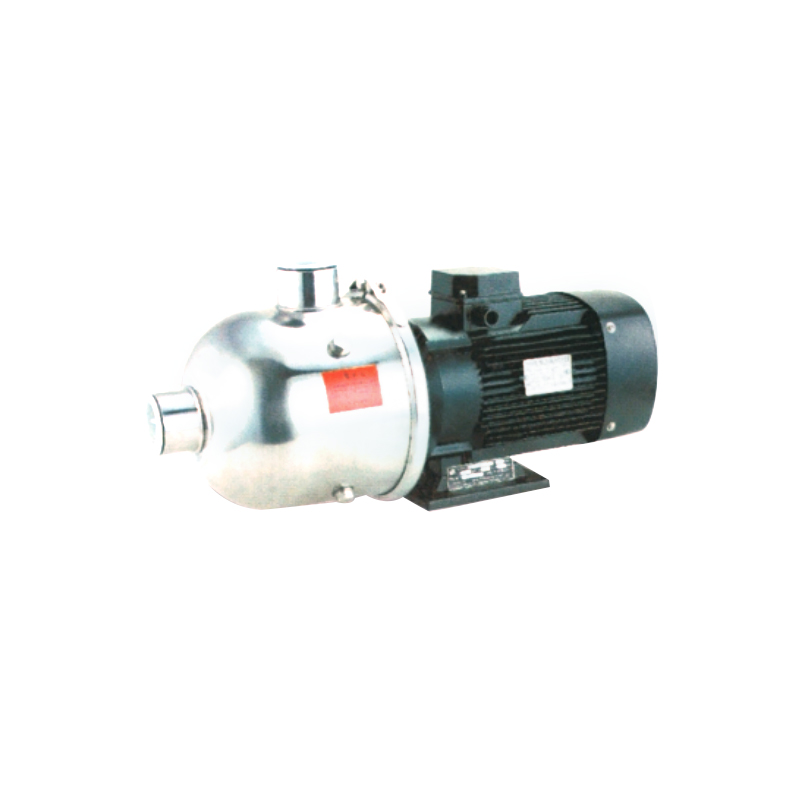
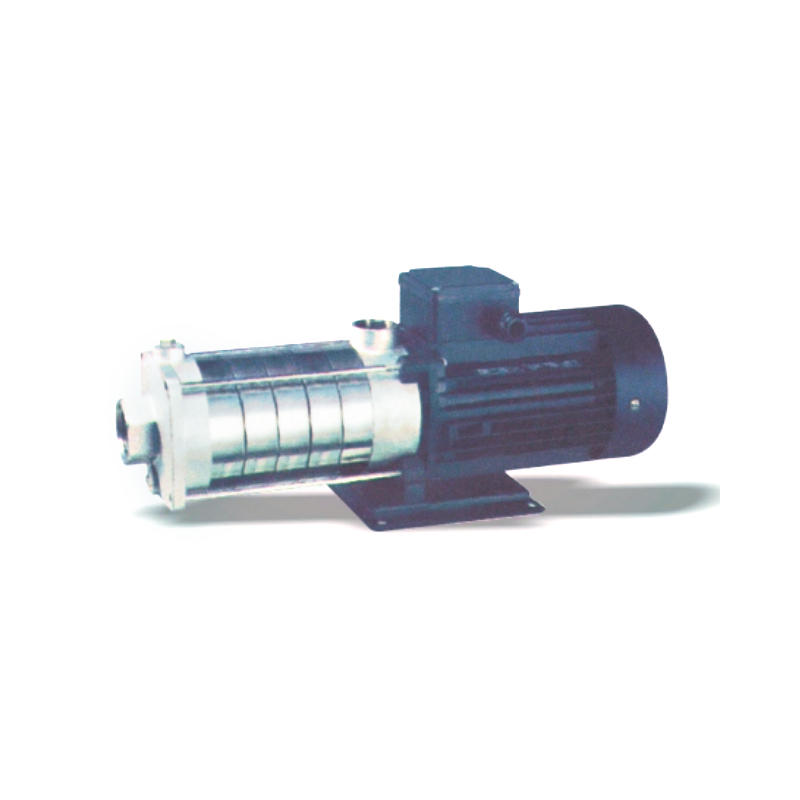
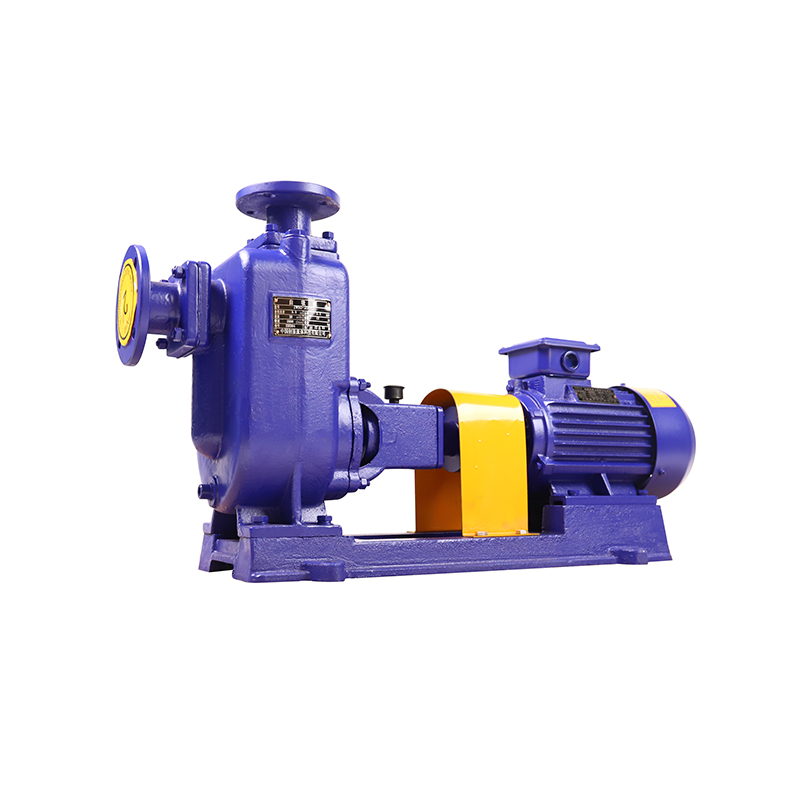
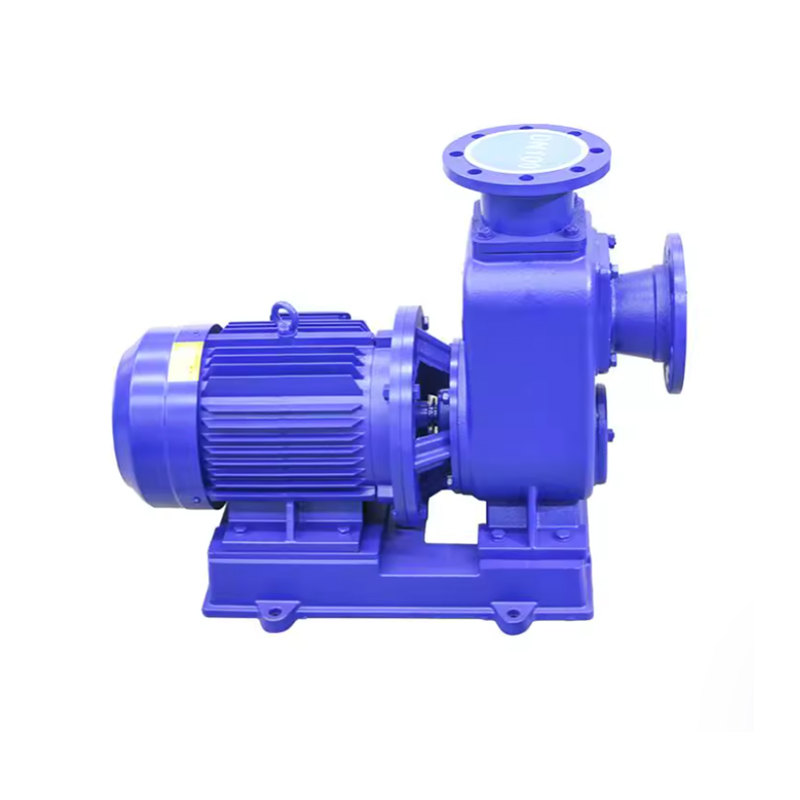
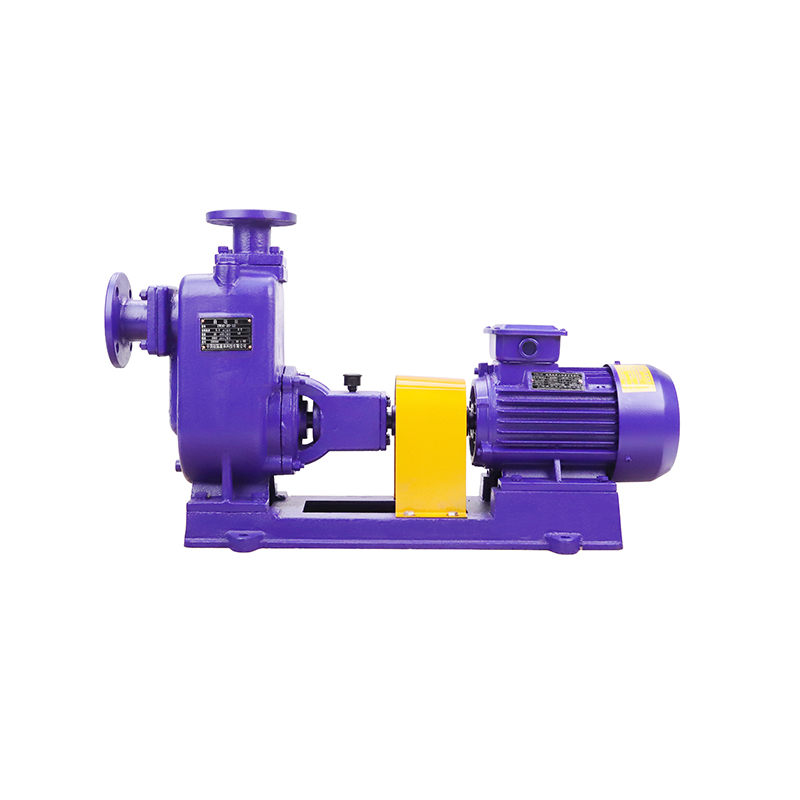
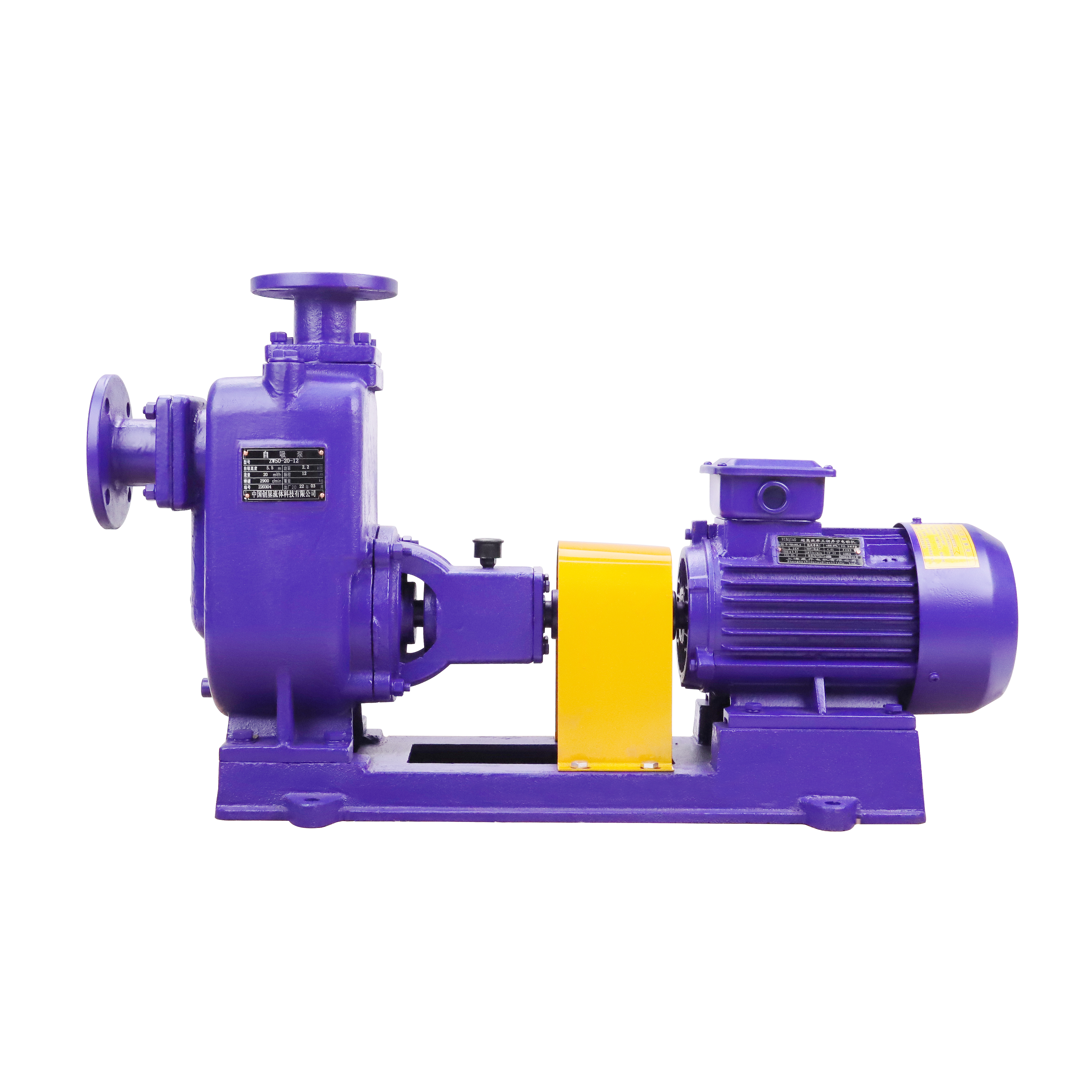
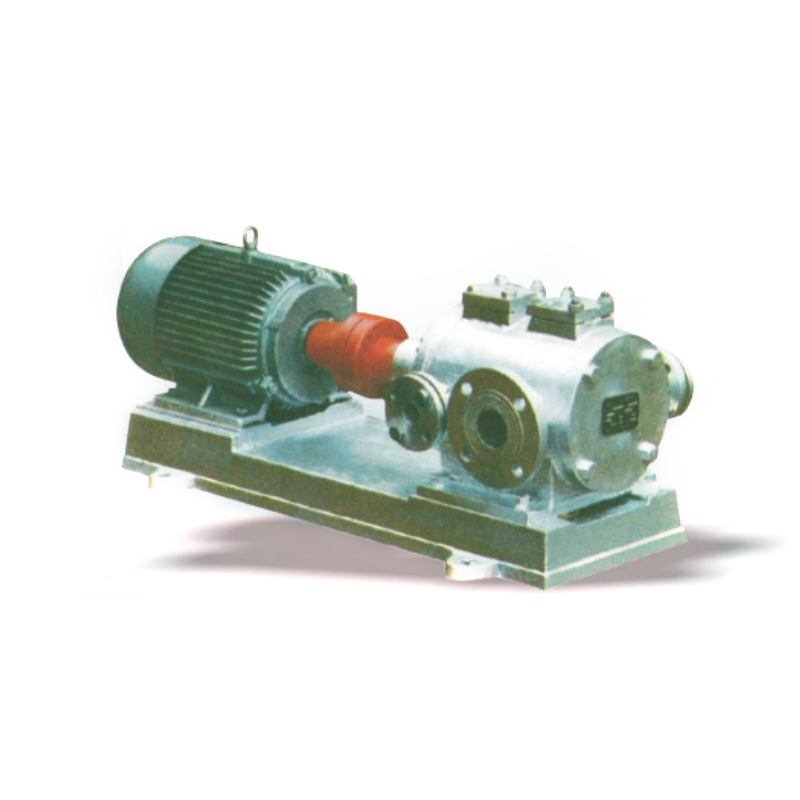


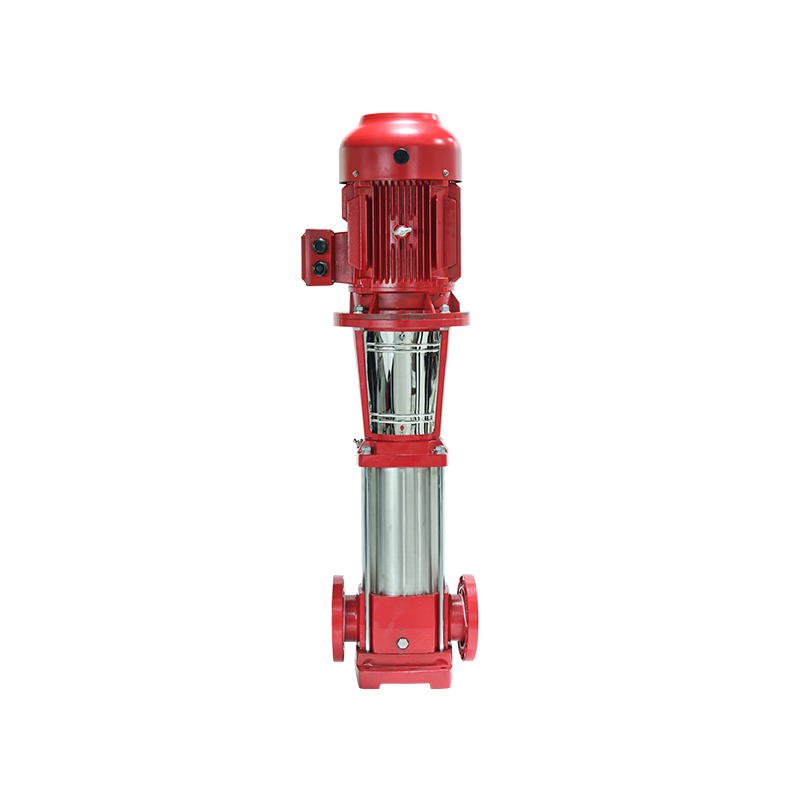
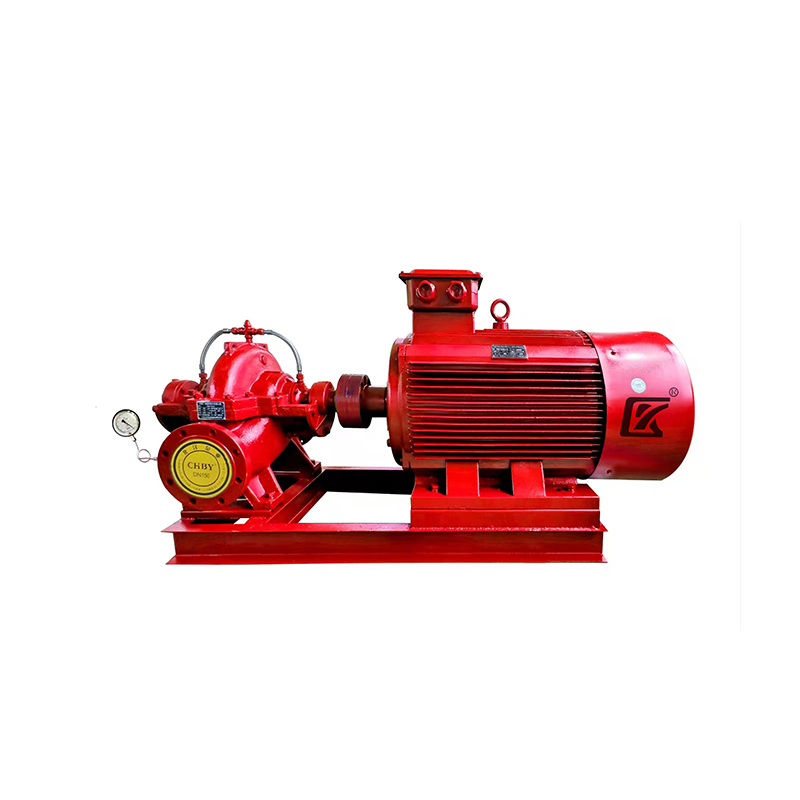
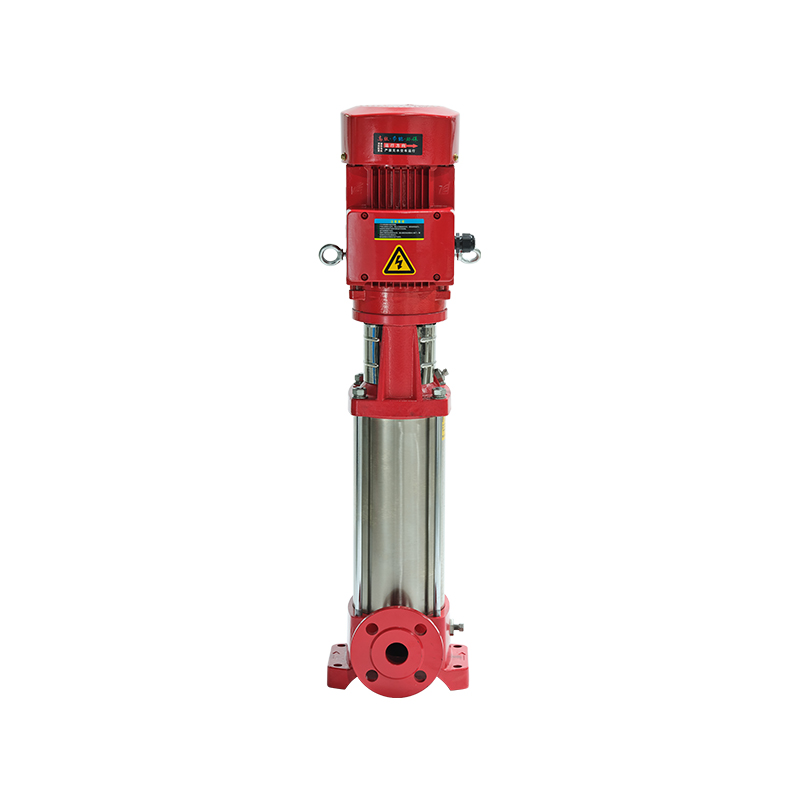
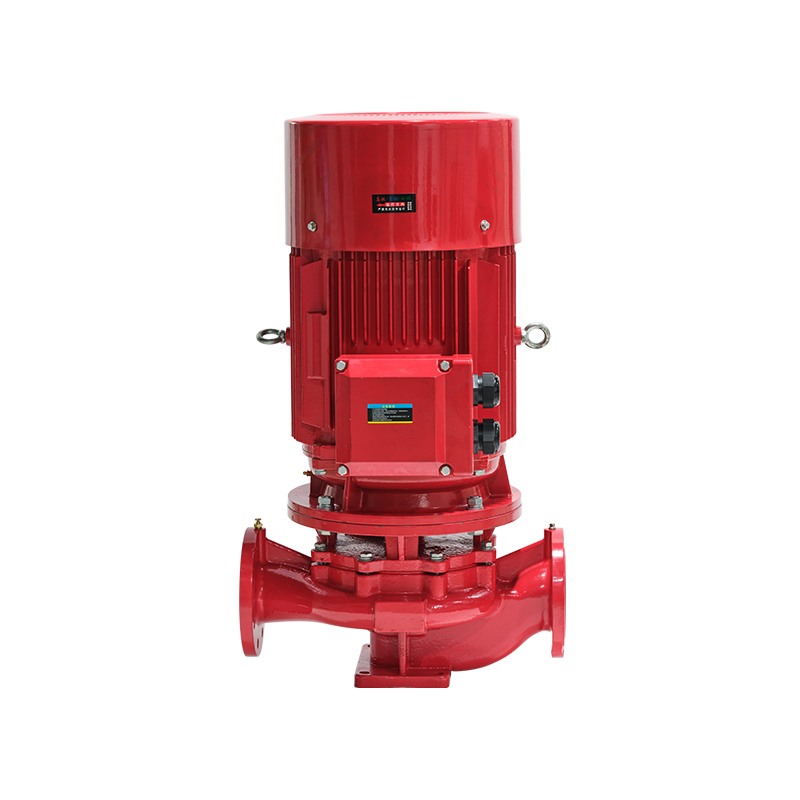

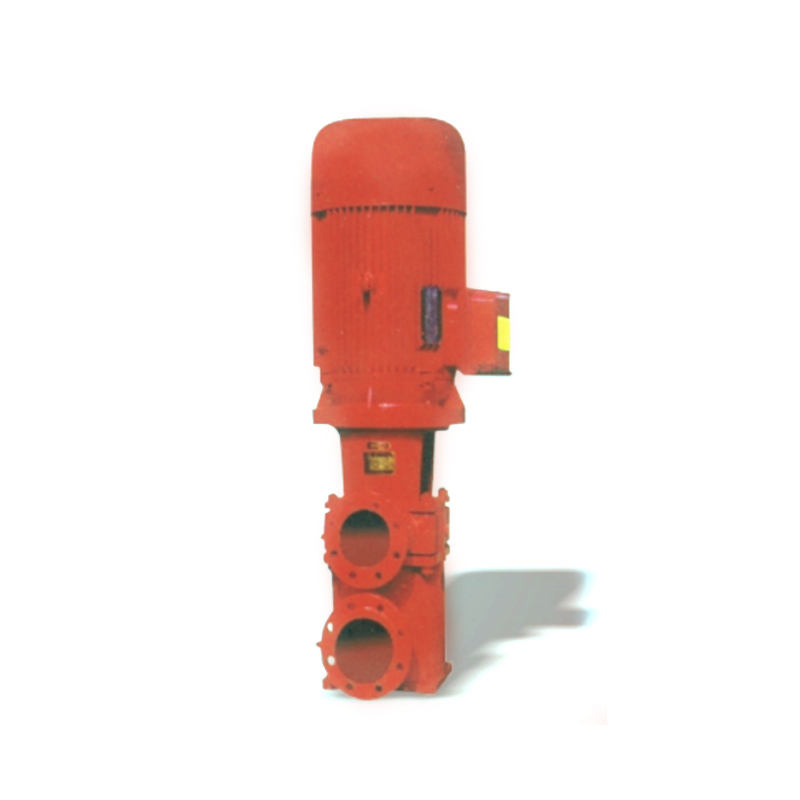
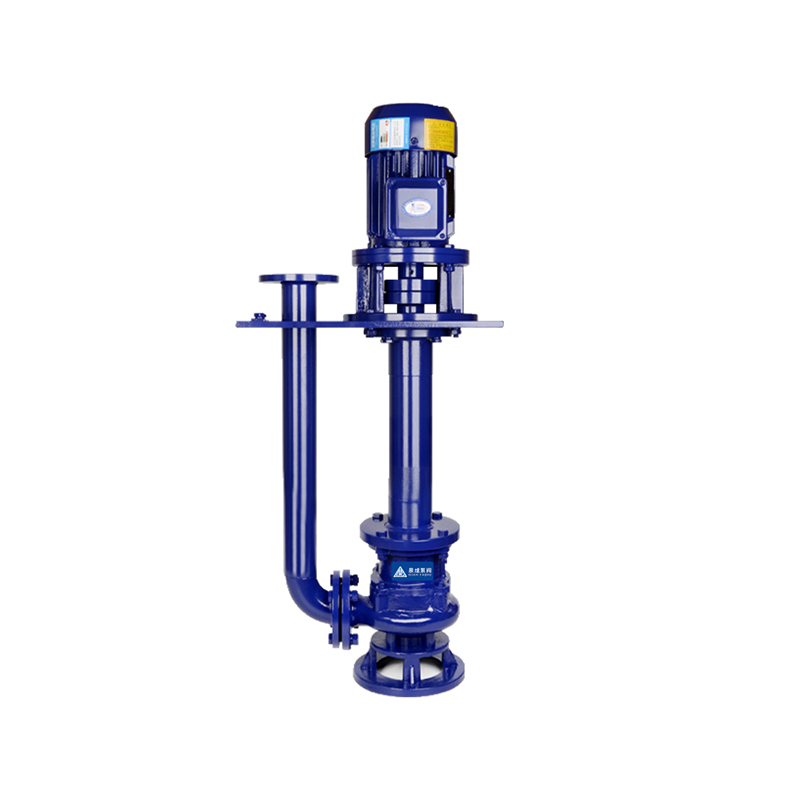
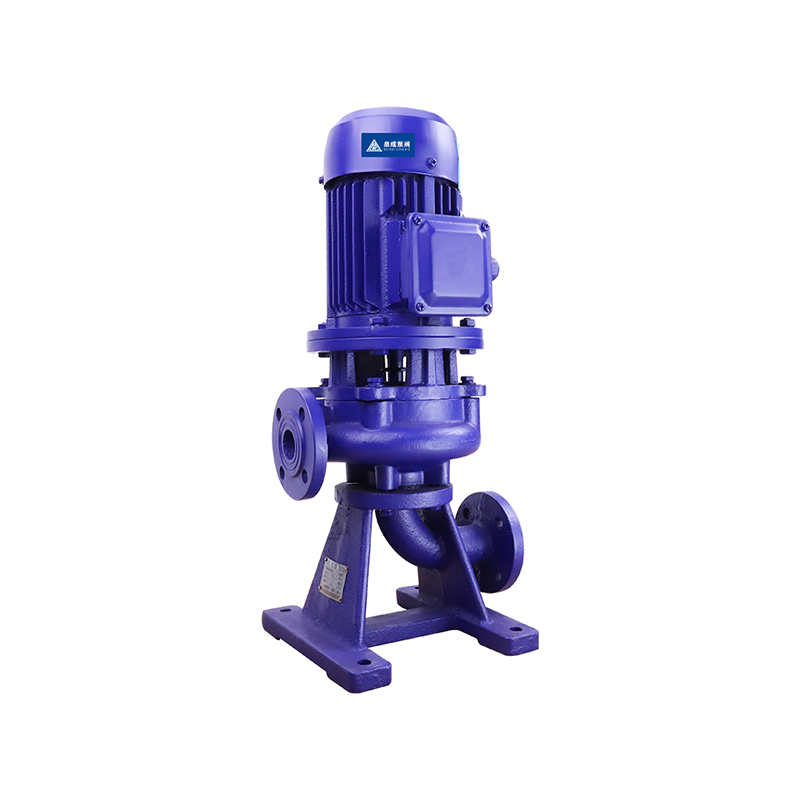
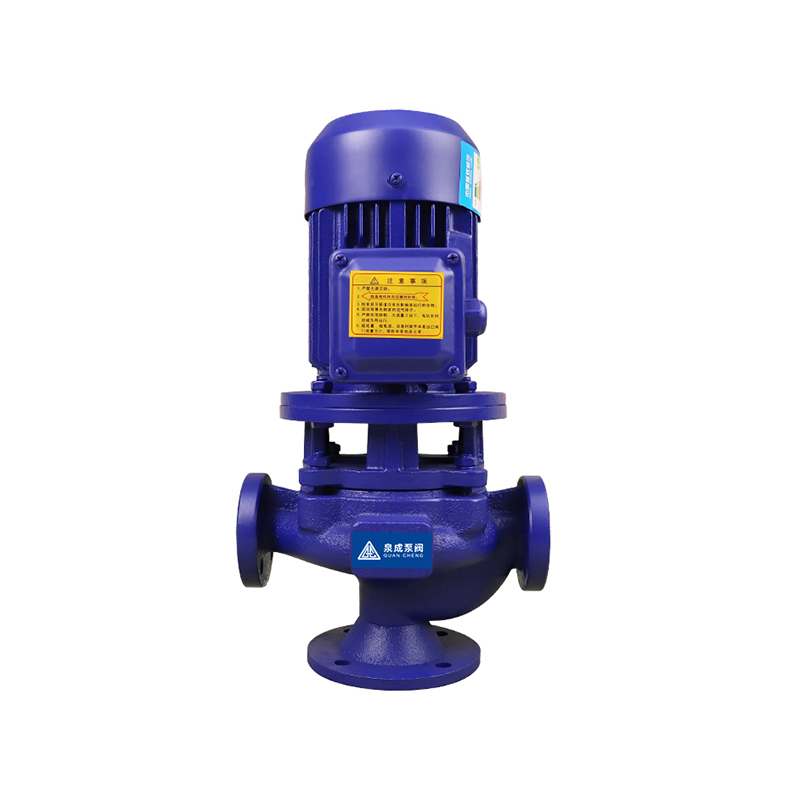
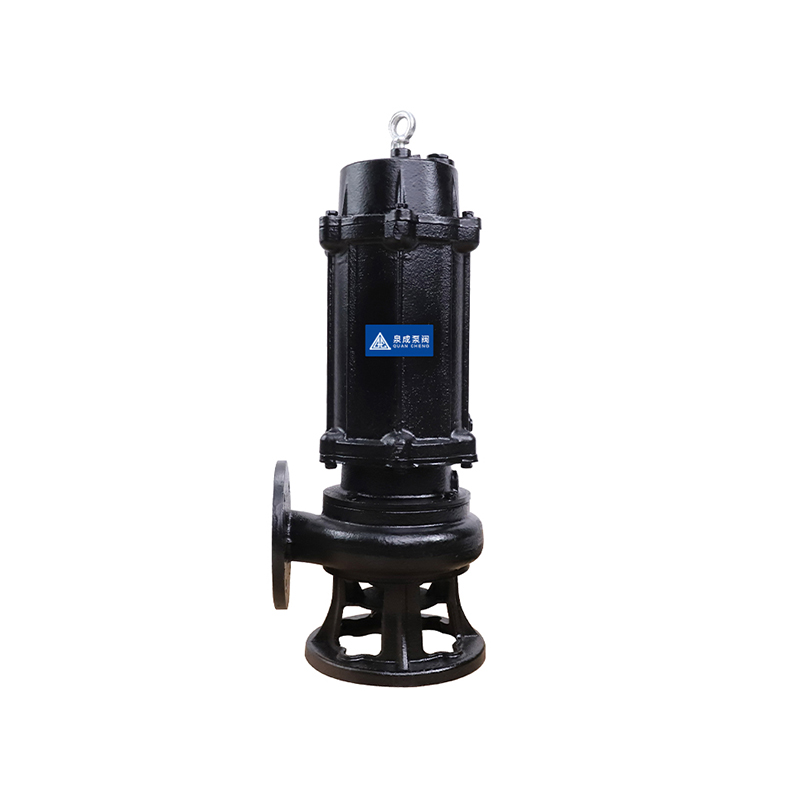
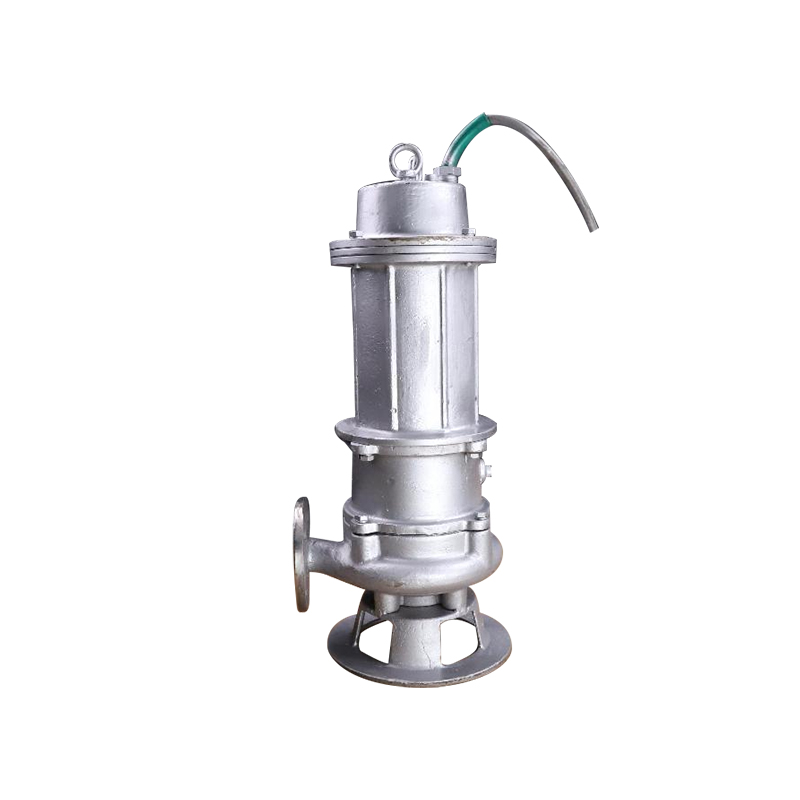
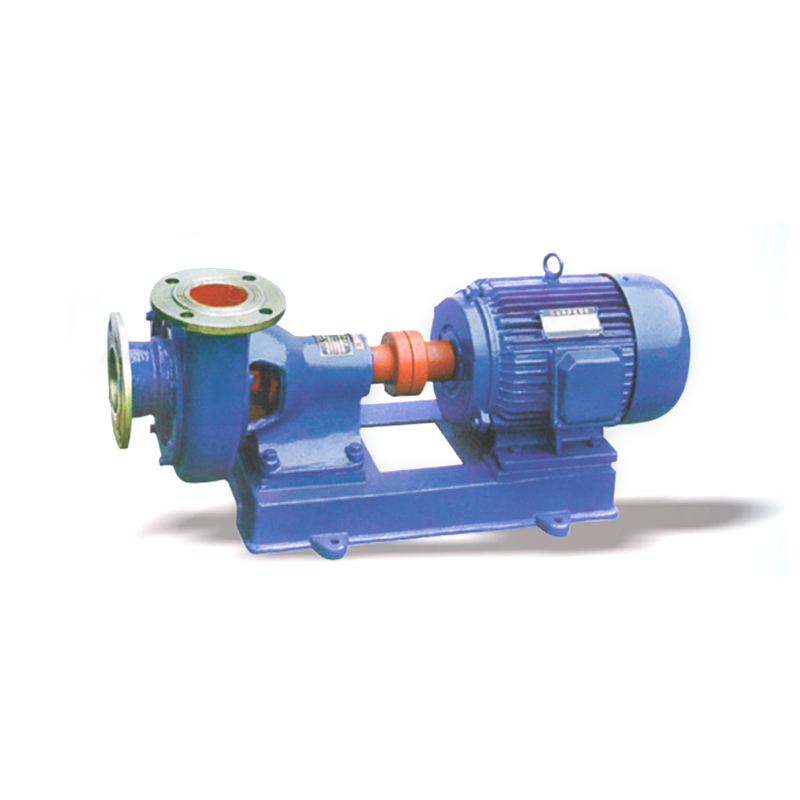
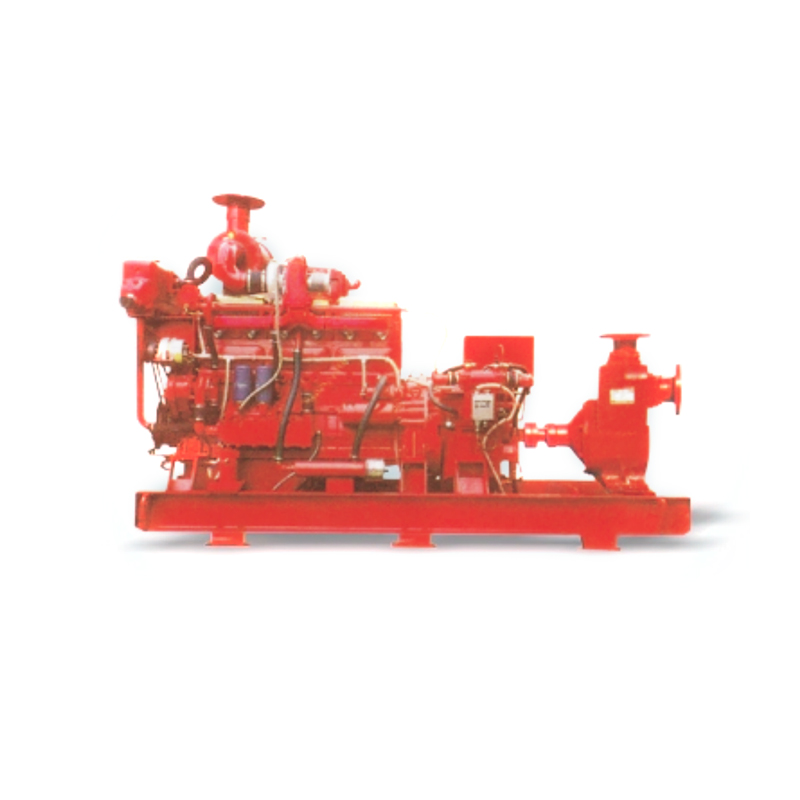
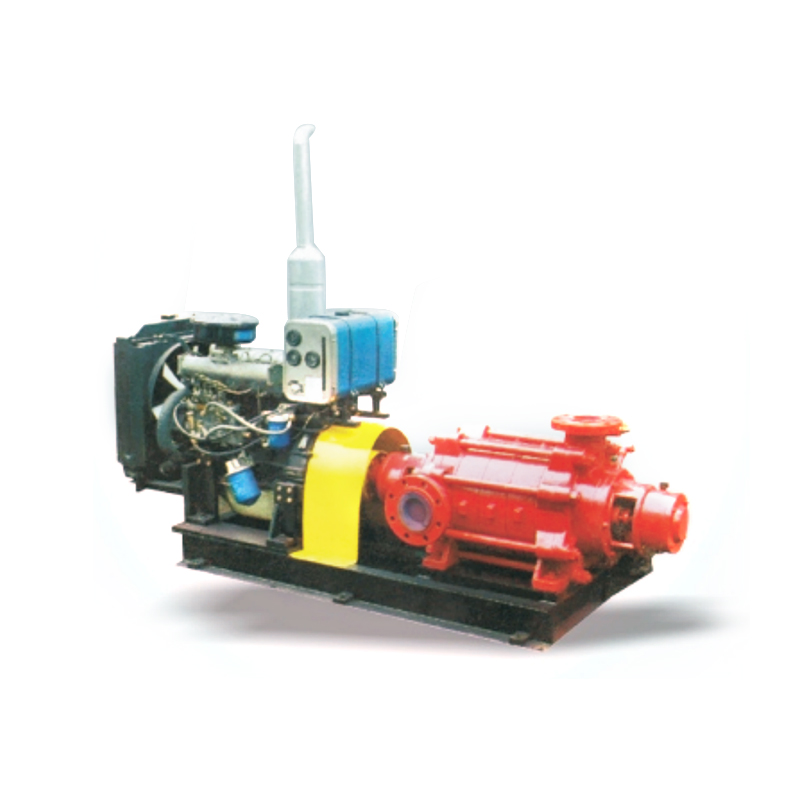
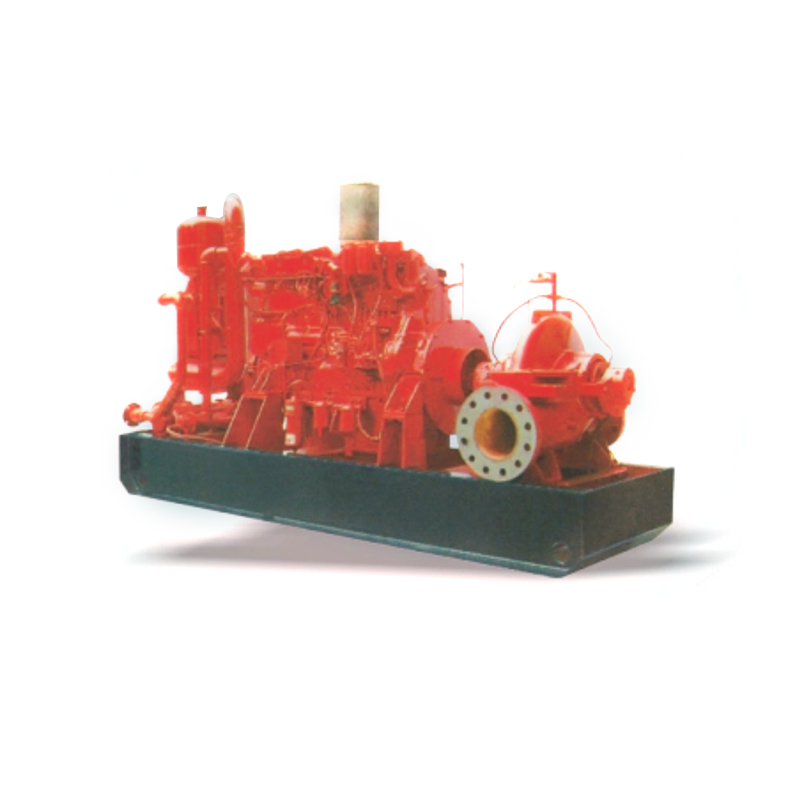
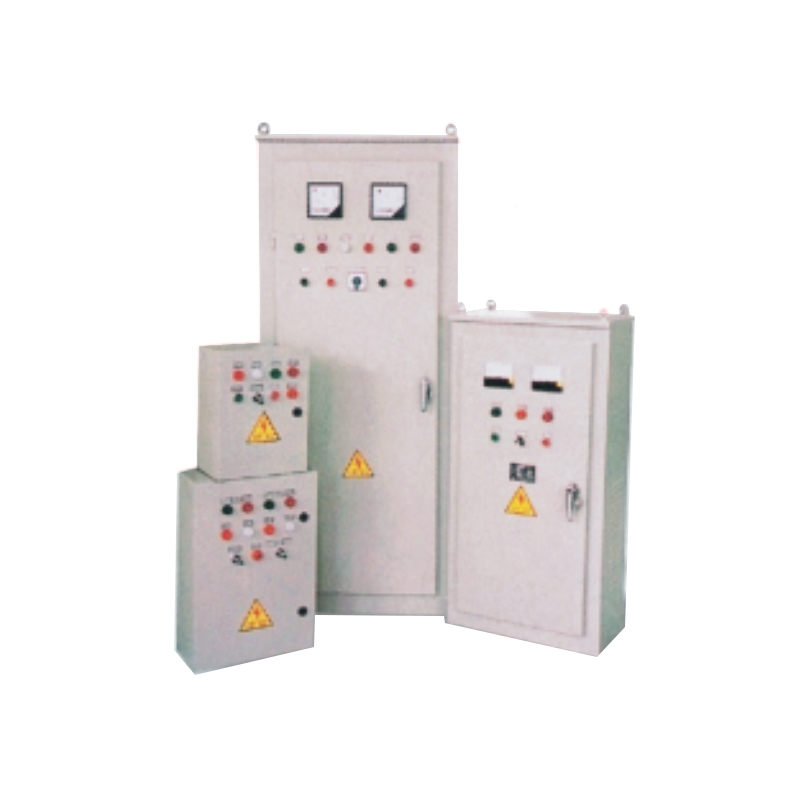
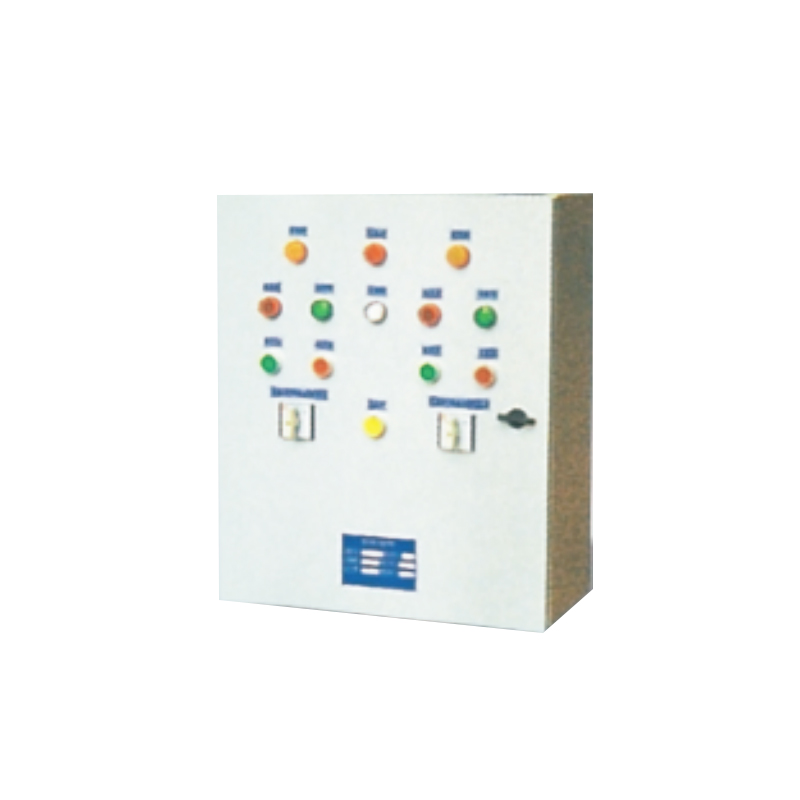
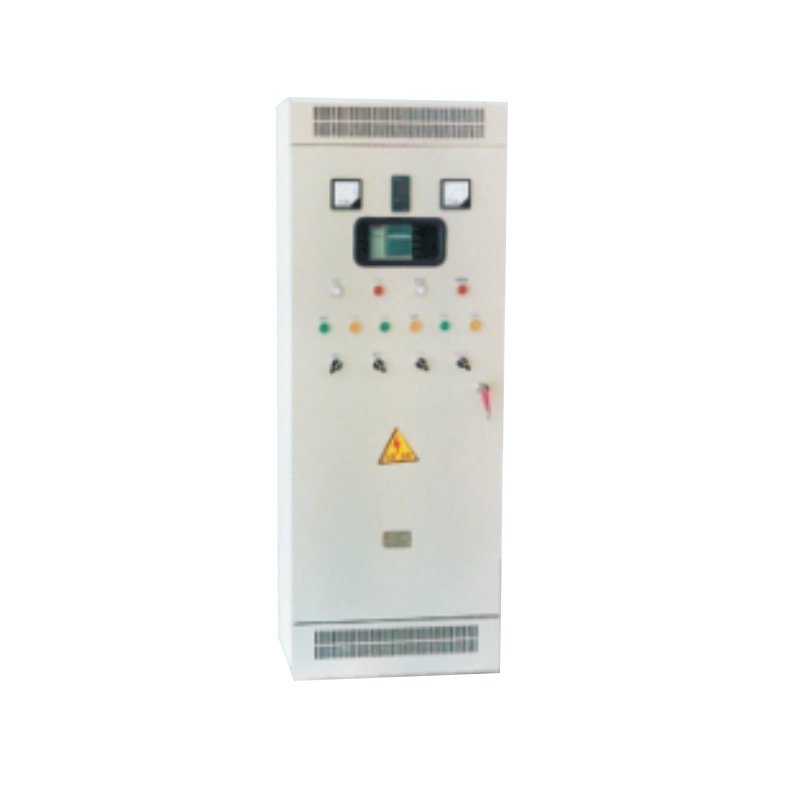

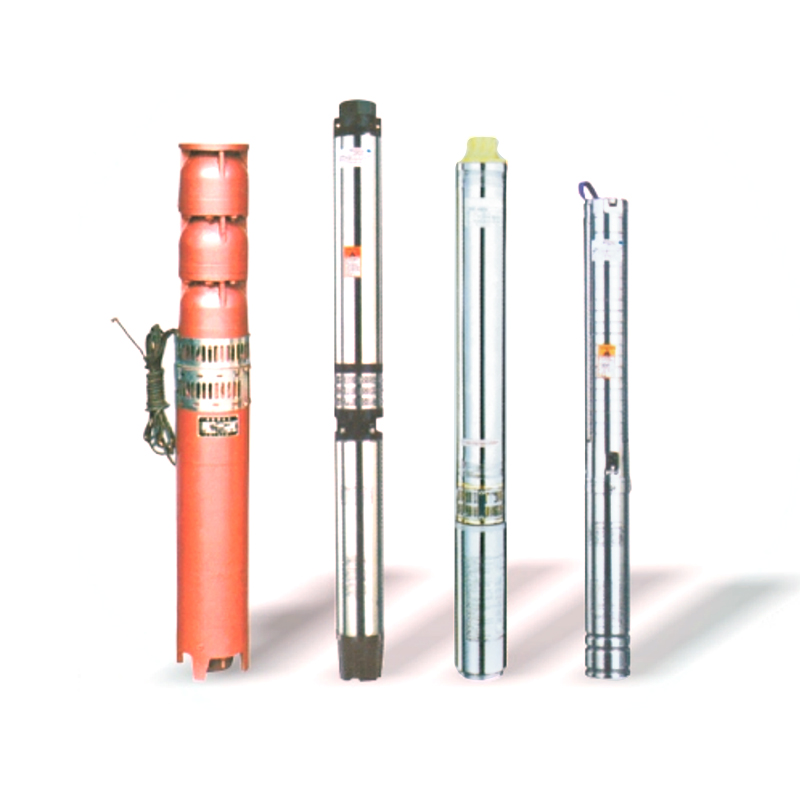
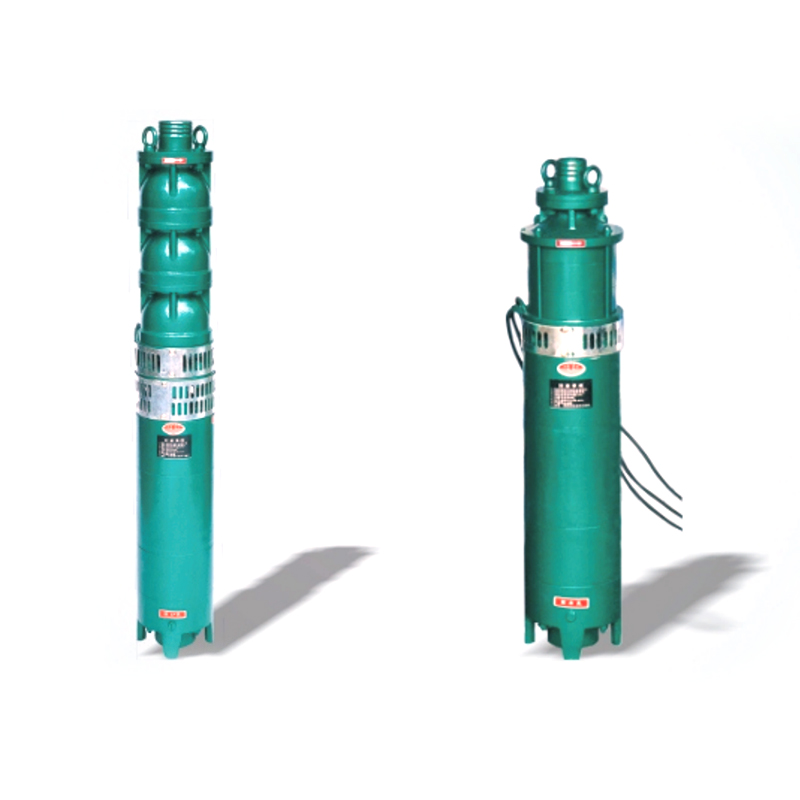
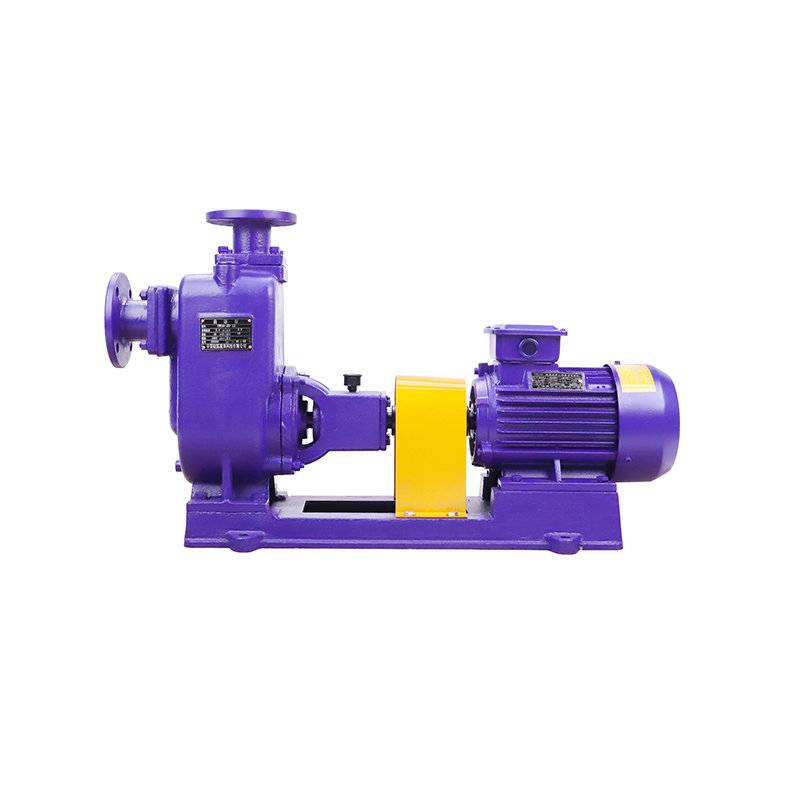
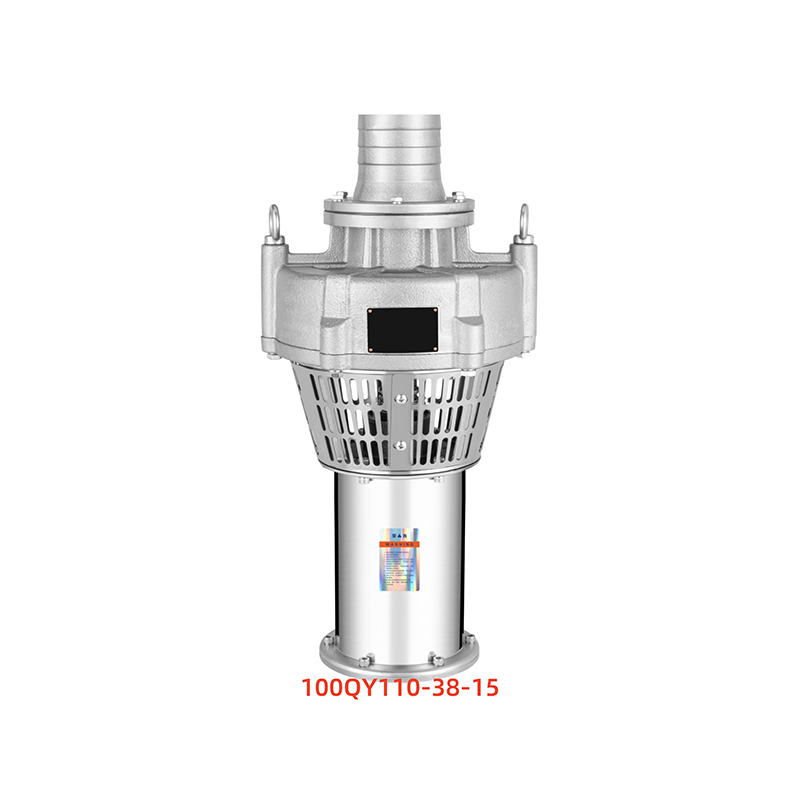
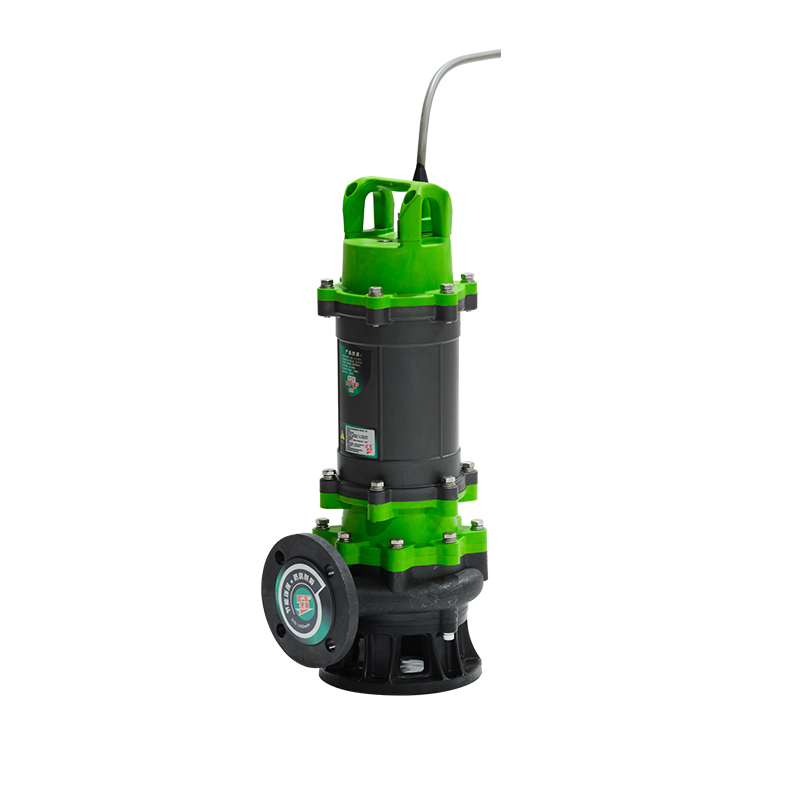
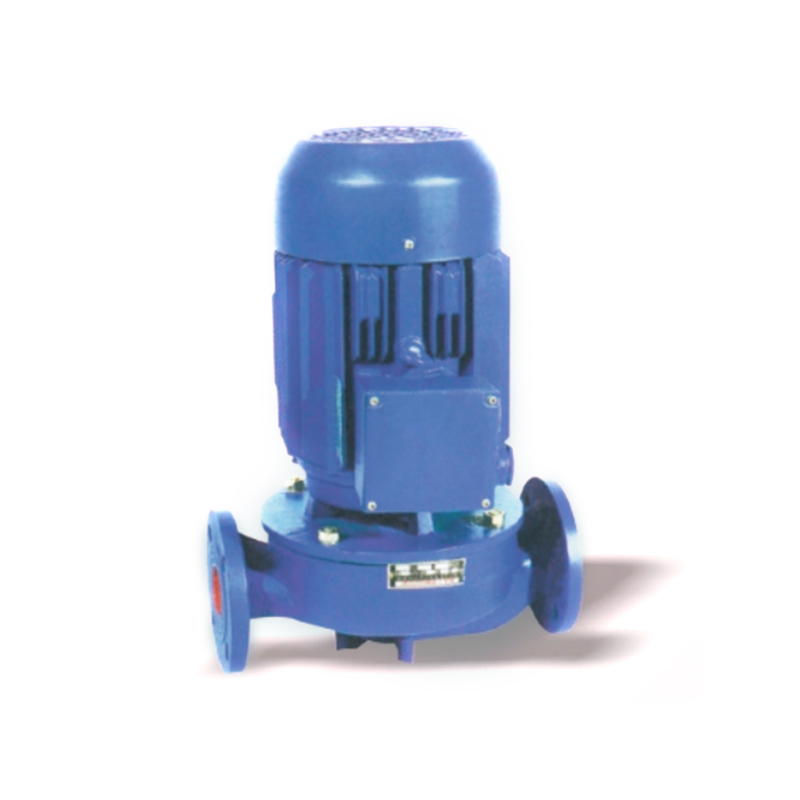
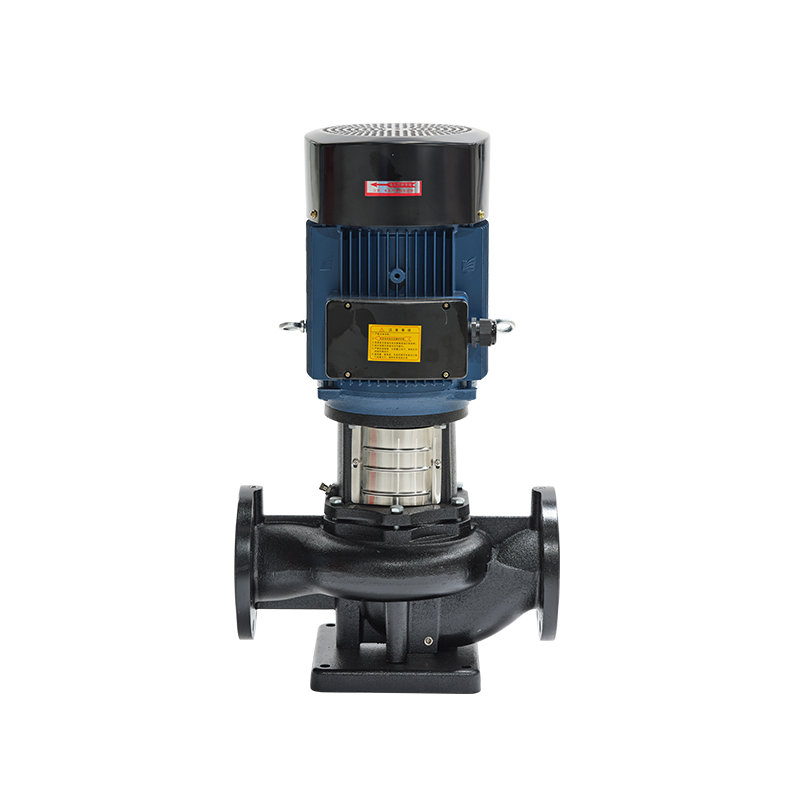
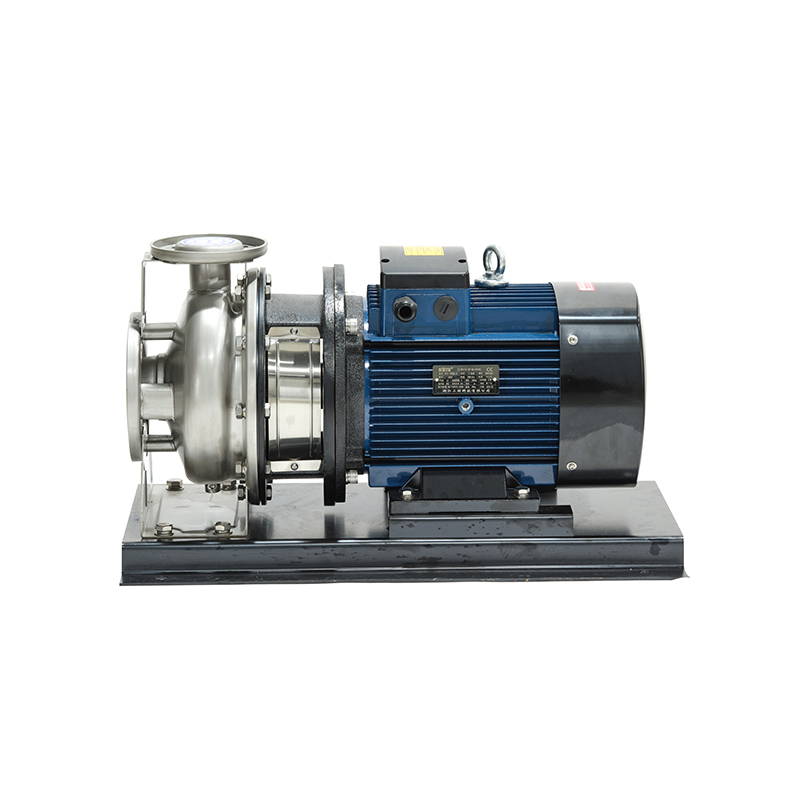
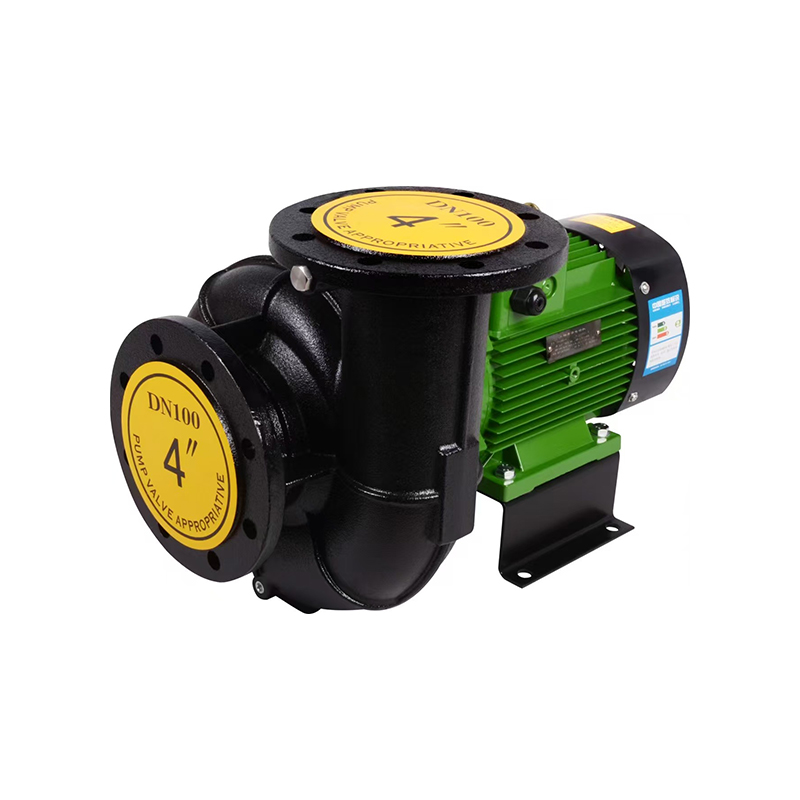
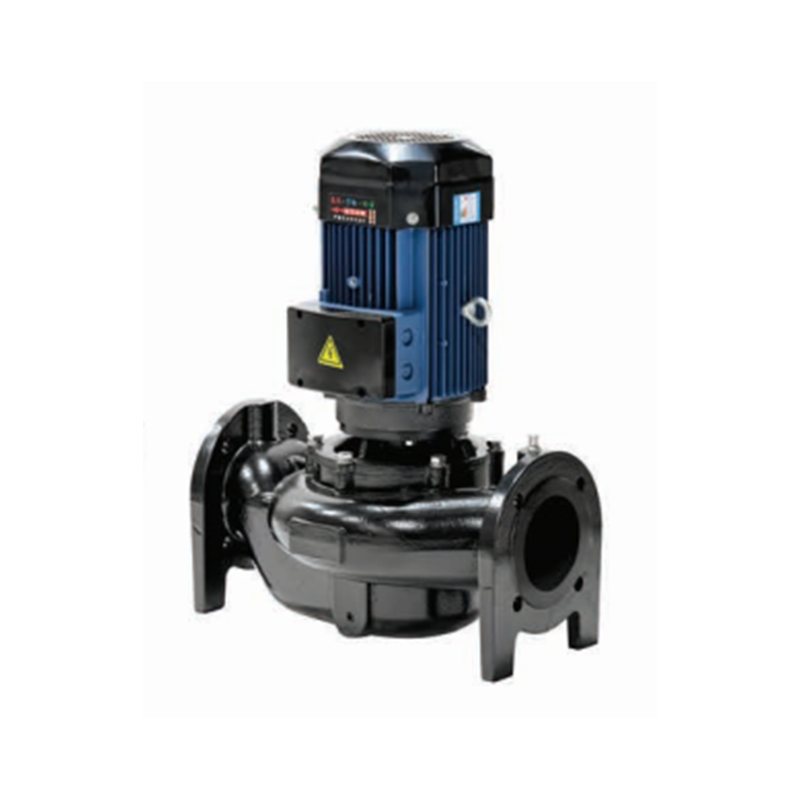























 浙公网安备33032402001888号
浙公网安备33032402001888号
